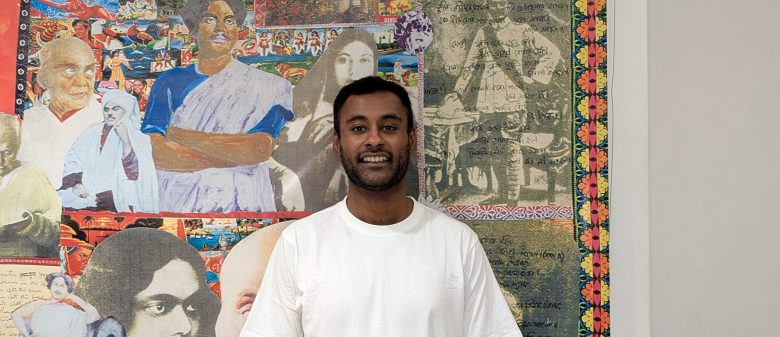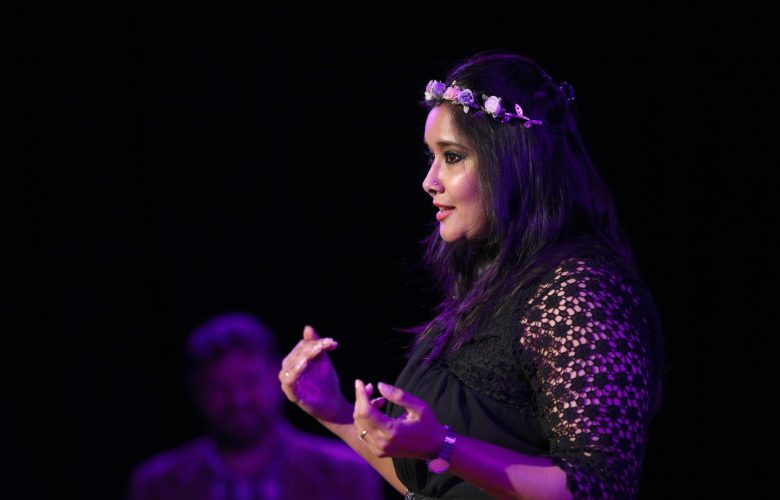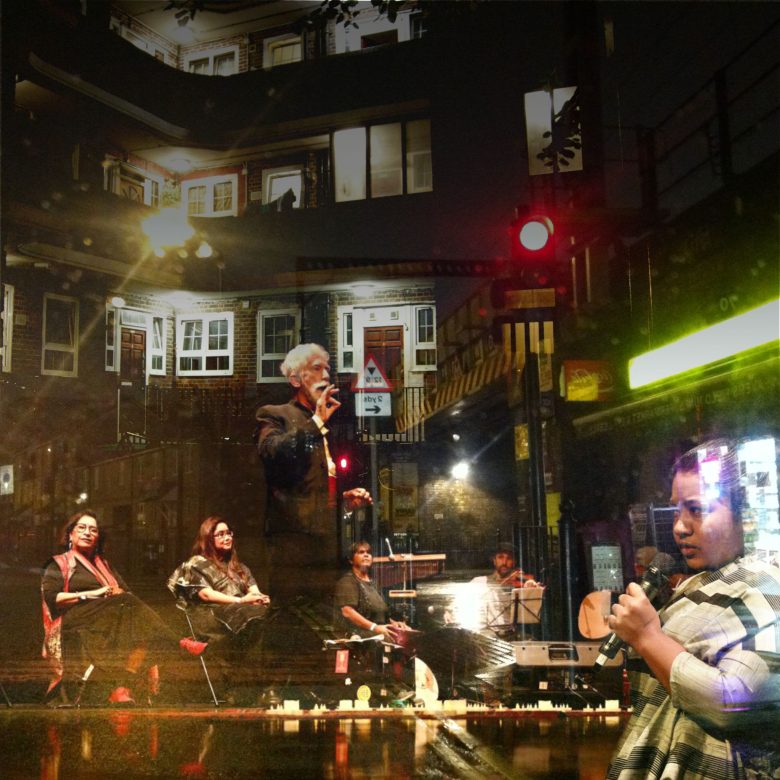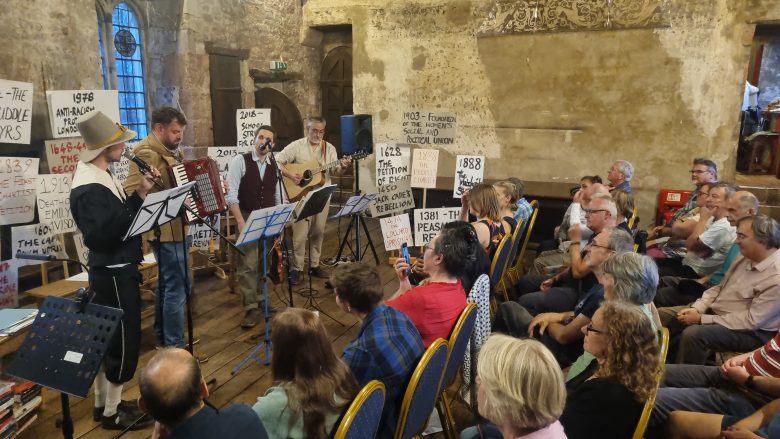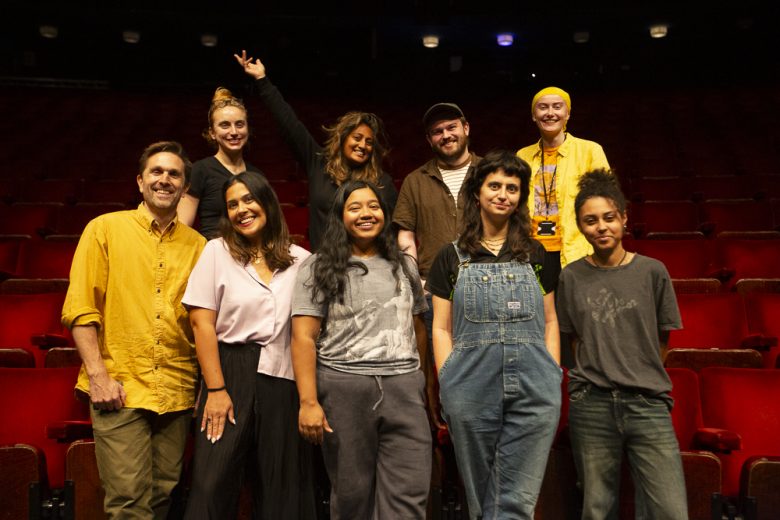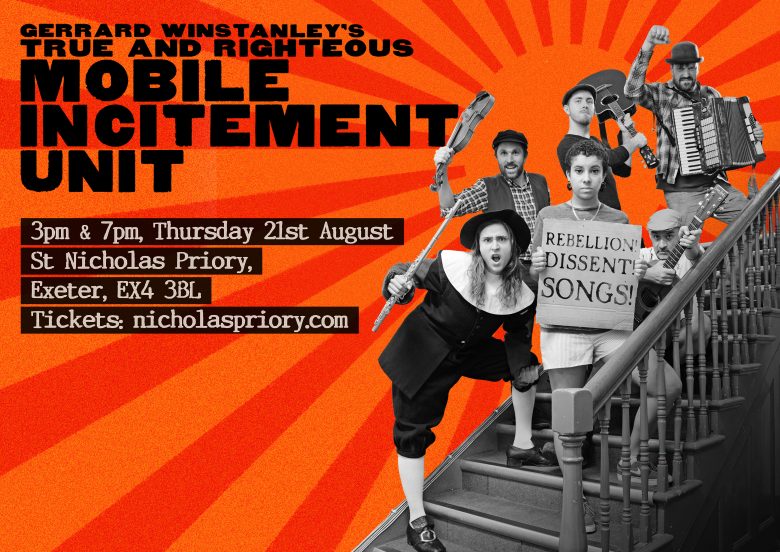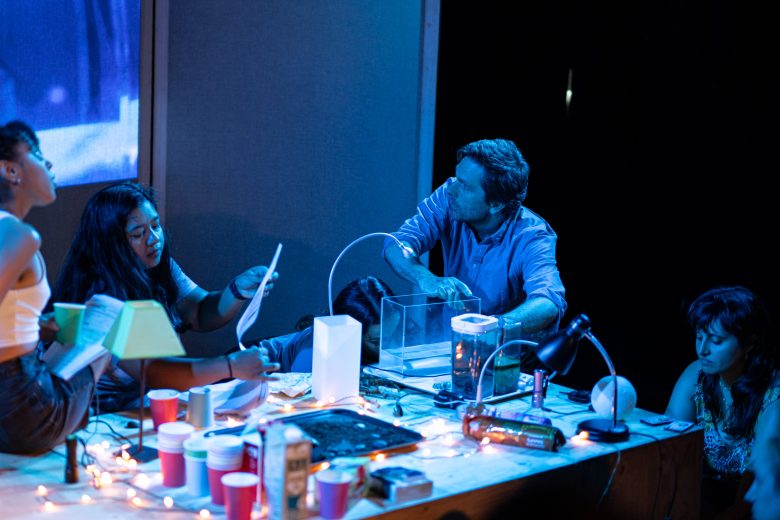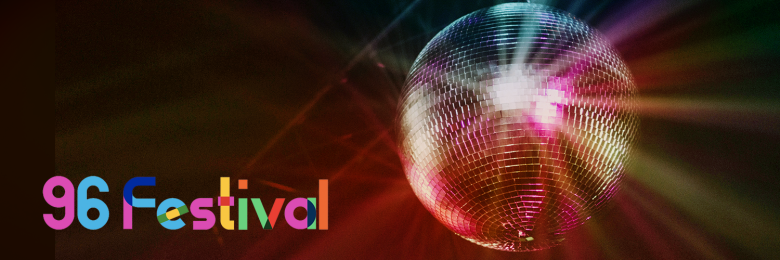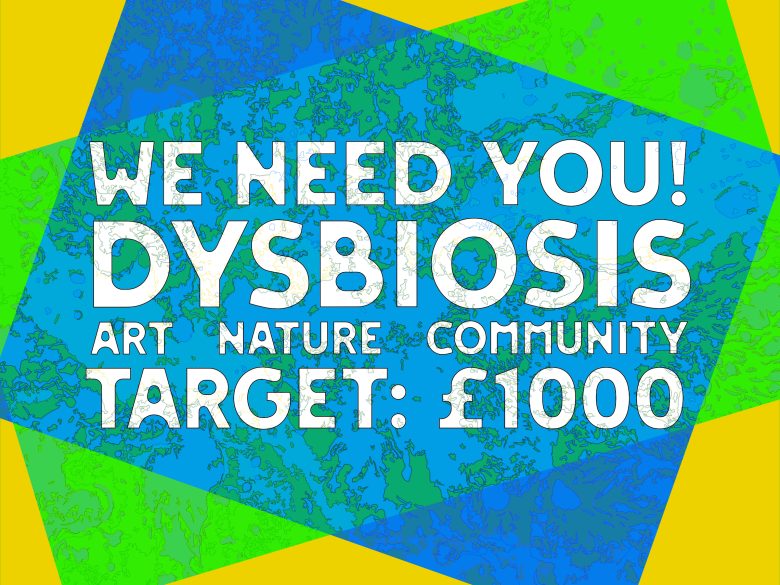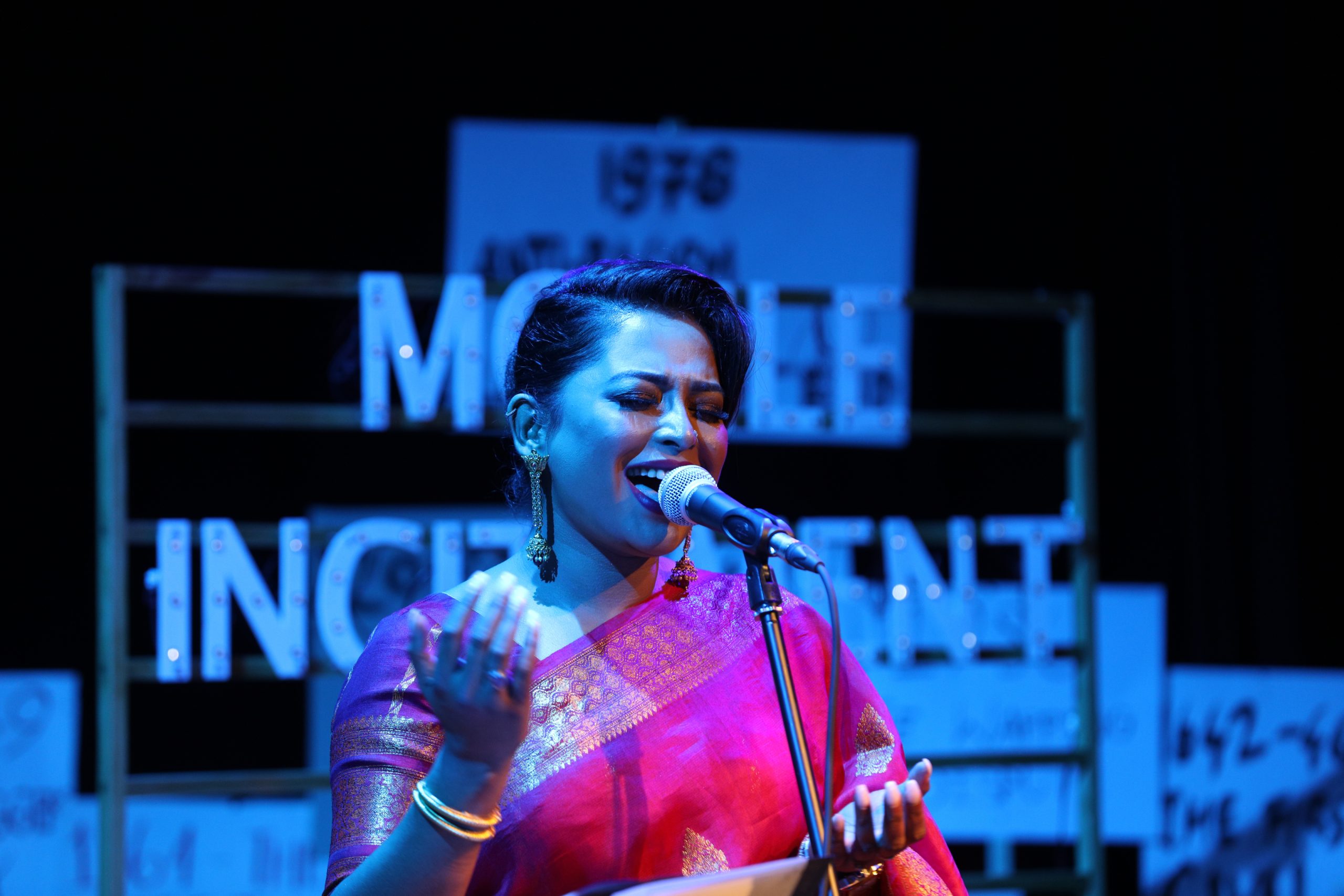
London, United Kingdom – Friday 05 November 2021, LBTH, FITF – Daedalus Theatre Company, Gerrard Winstanley’s Mobile Incitement Unit. 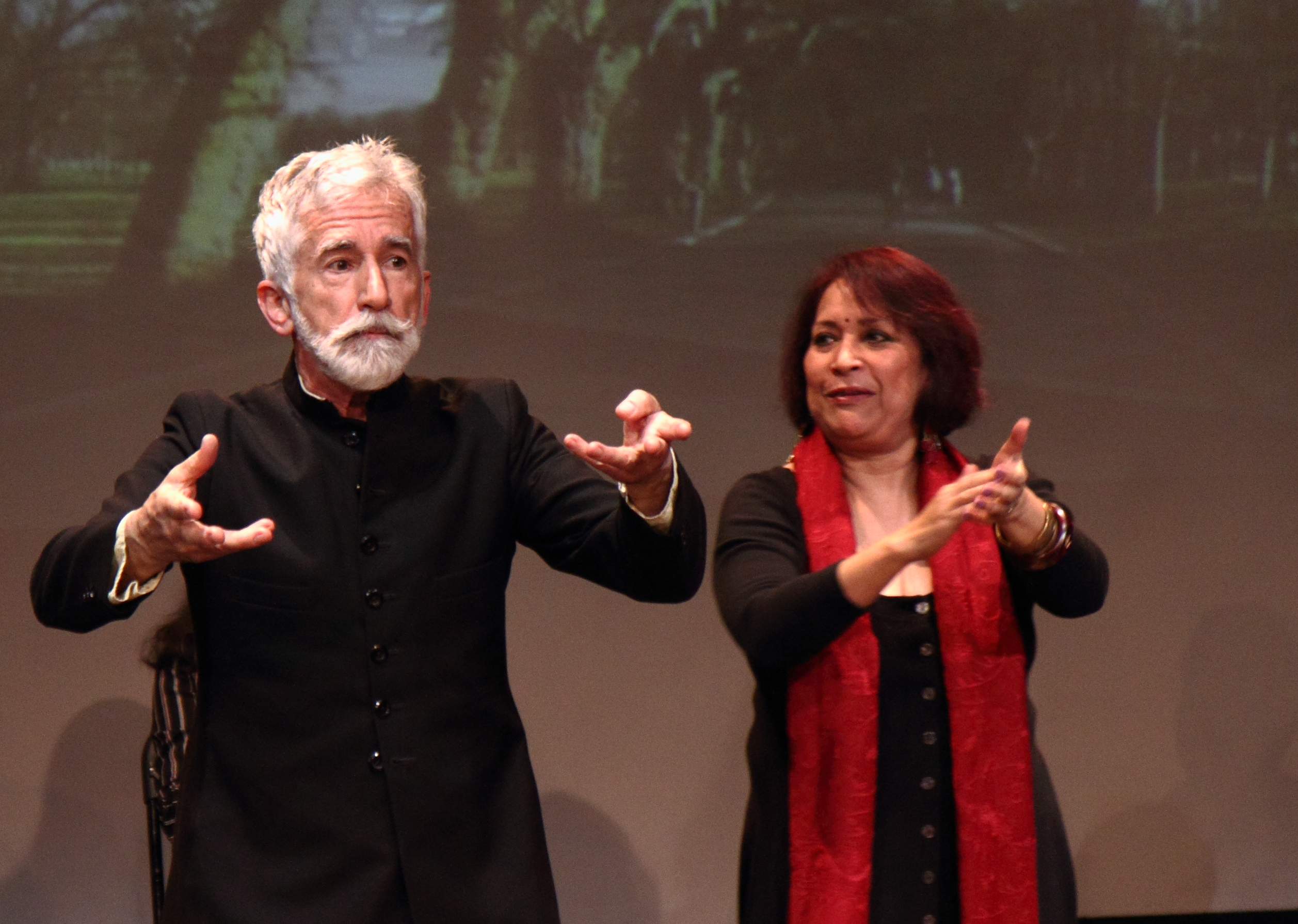
East at Rich Mix – Photo: Simon Daw 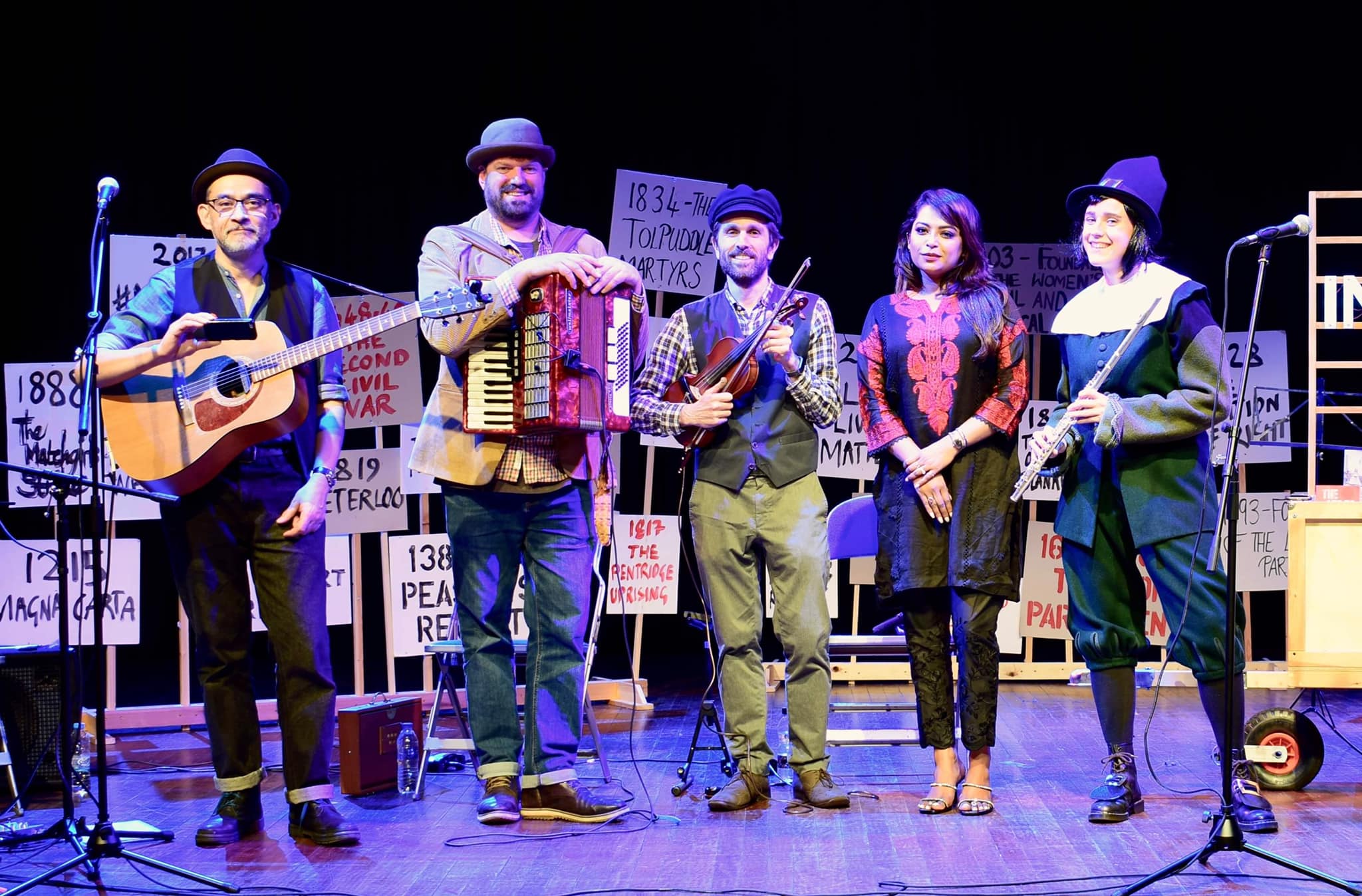
Mobile Incitement at the Freedom and Independence Festival 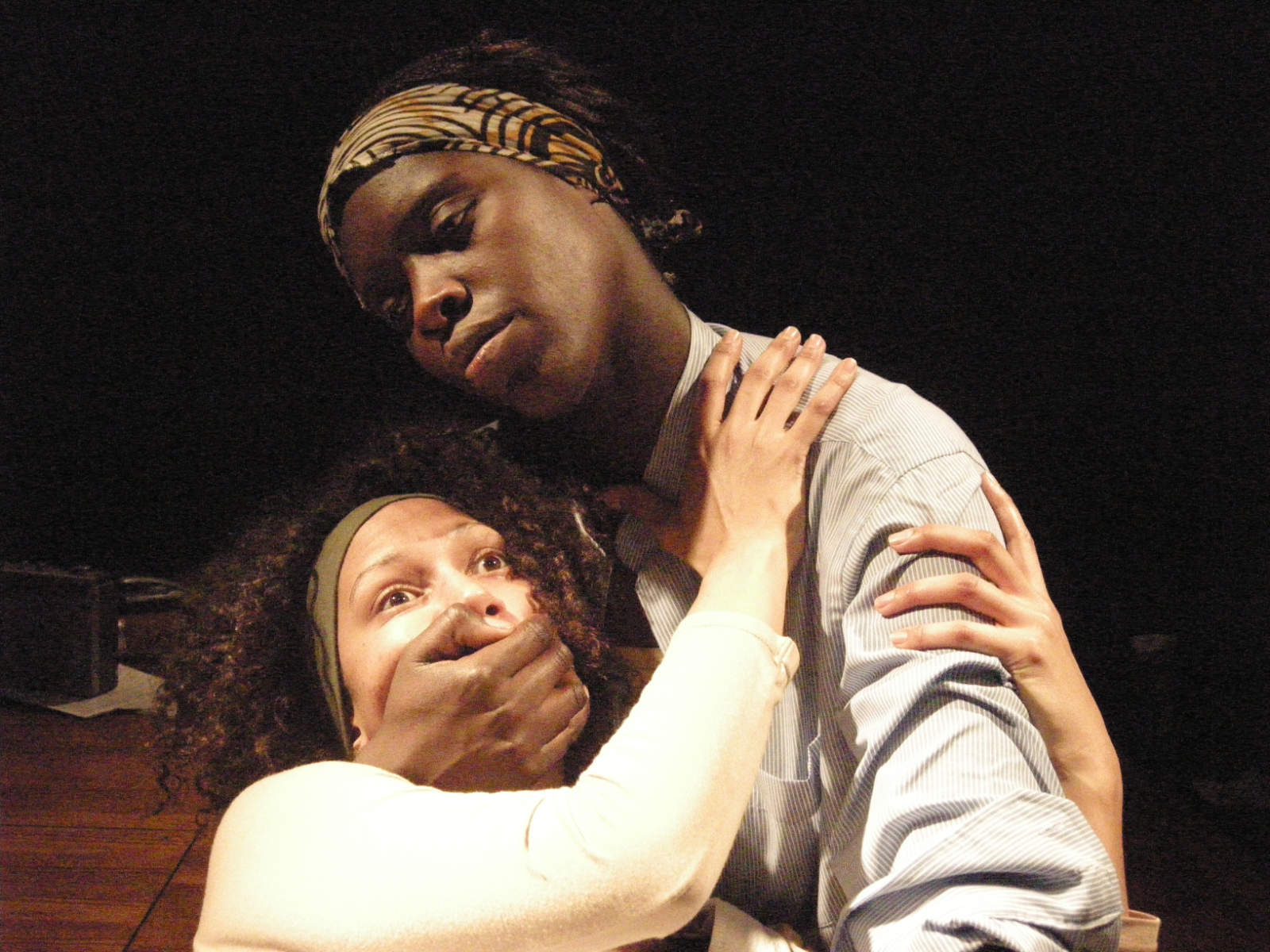
A Place at the Table: Jennifer Muteteli and Anna-Maria Nabriye 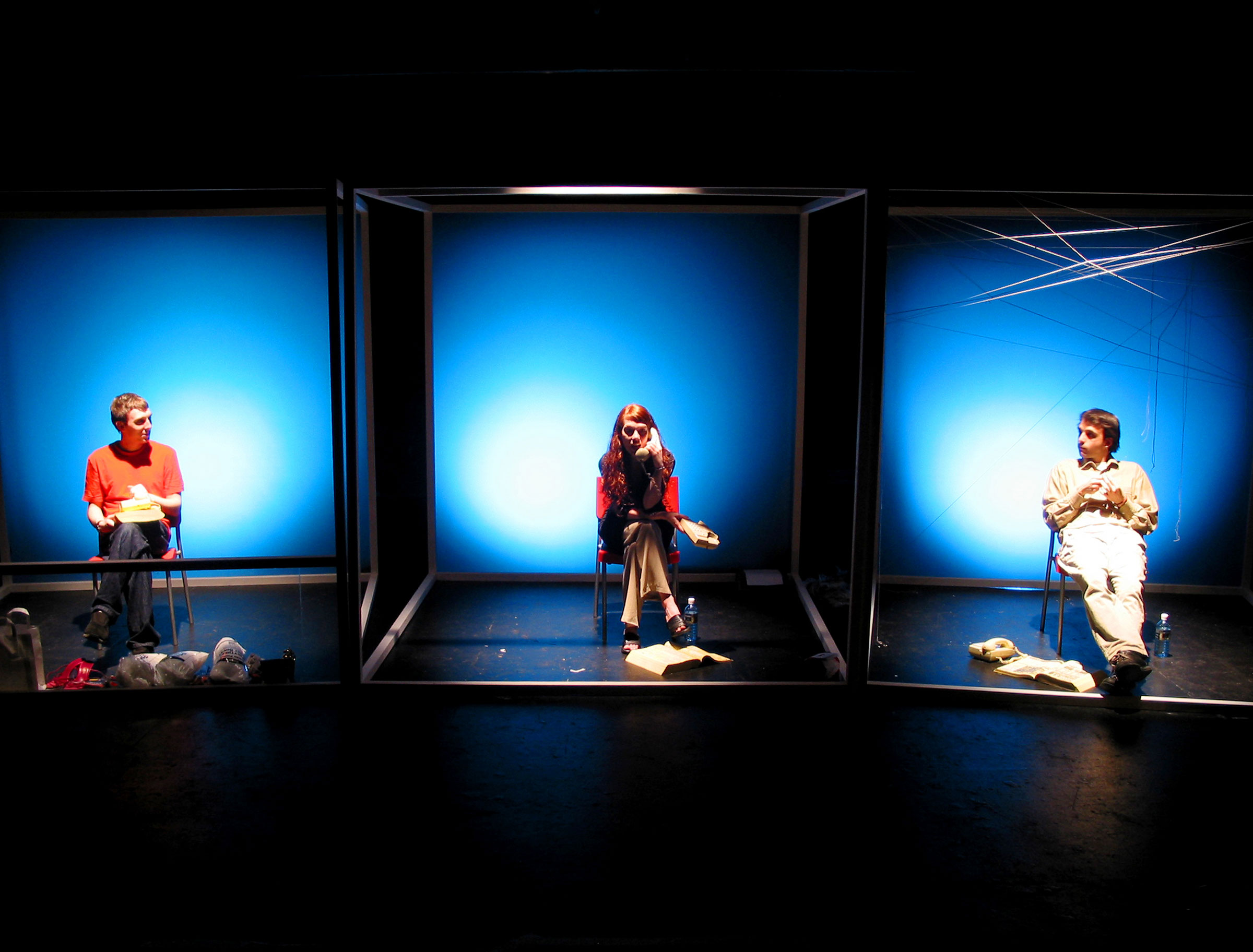
Selfish at The Arches, Glasgow: Graeme Mackay, Susan Worsfold and Onur Orkut 
APATT at AIUK – Photo: Harriet Stewart 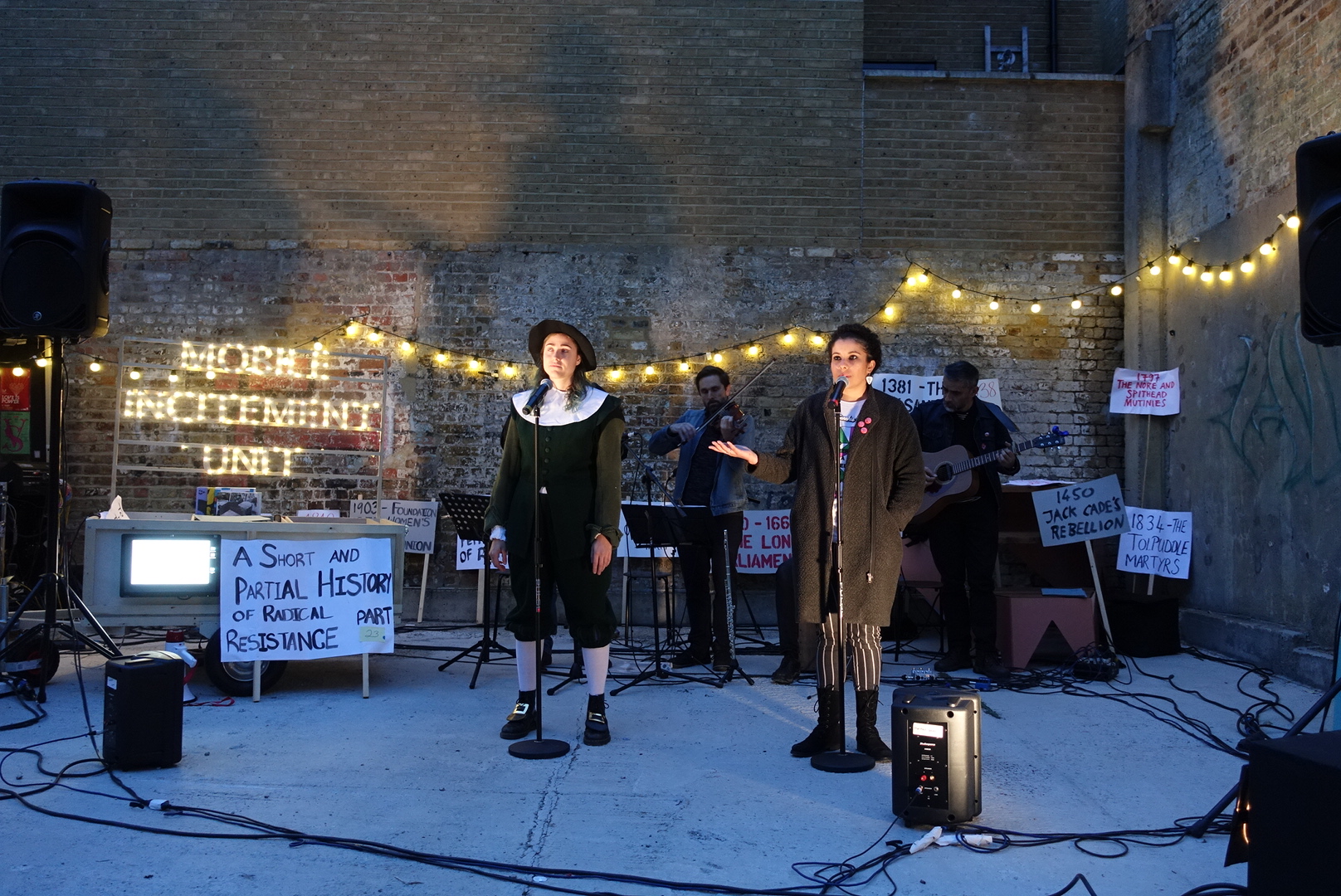
Mobile Incitement at Brixton City Festival 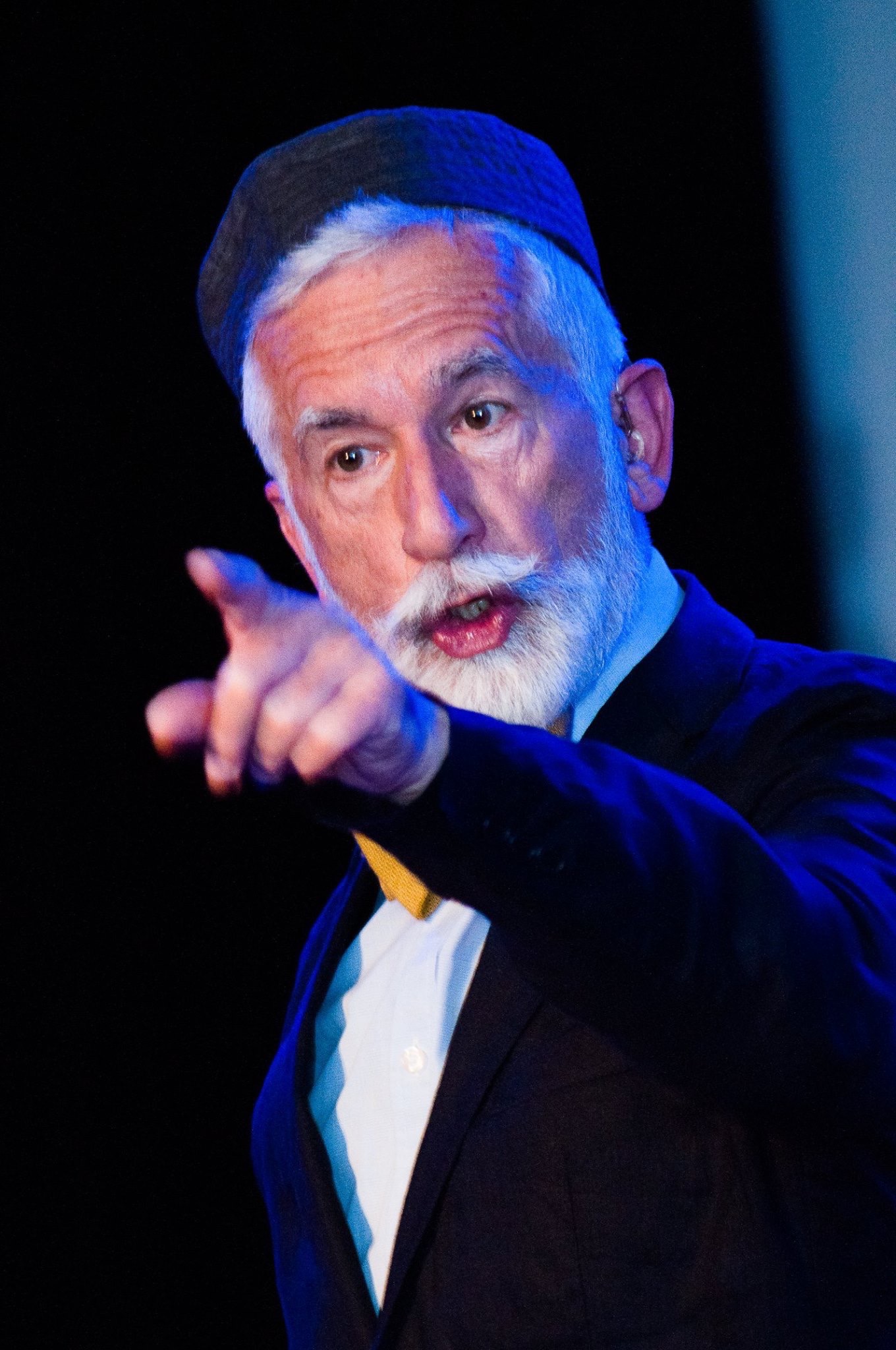
East at Boi-Lit 16 – photo by Shoayeeb Chamak for BSK 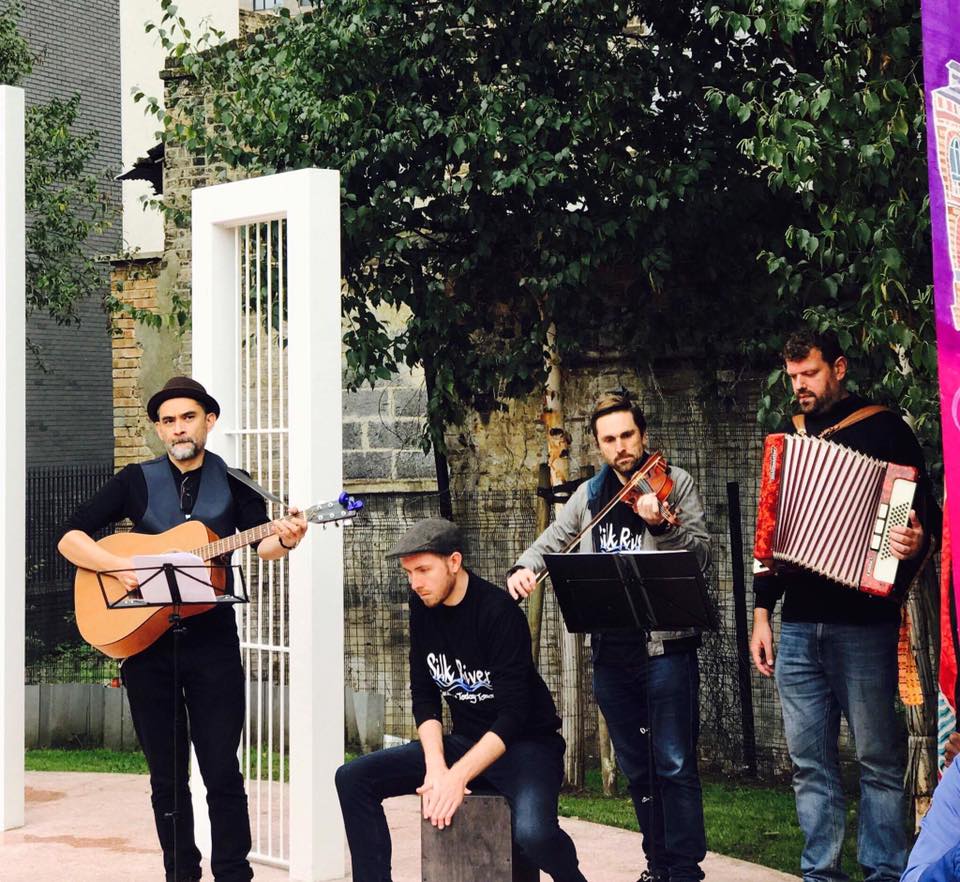
The Black Smock Band – part of the Silk River project 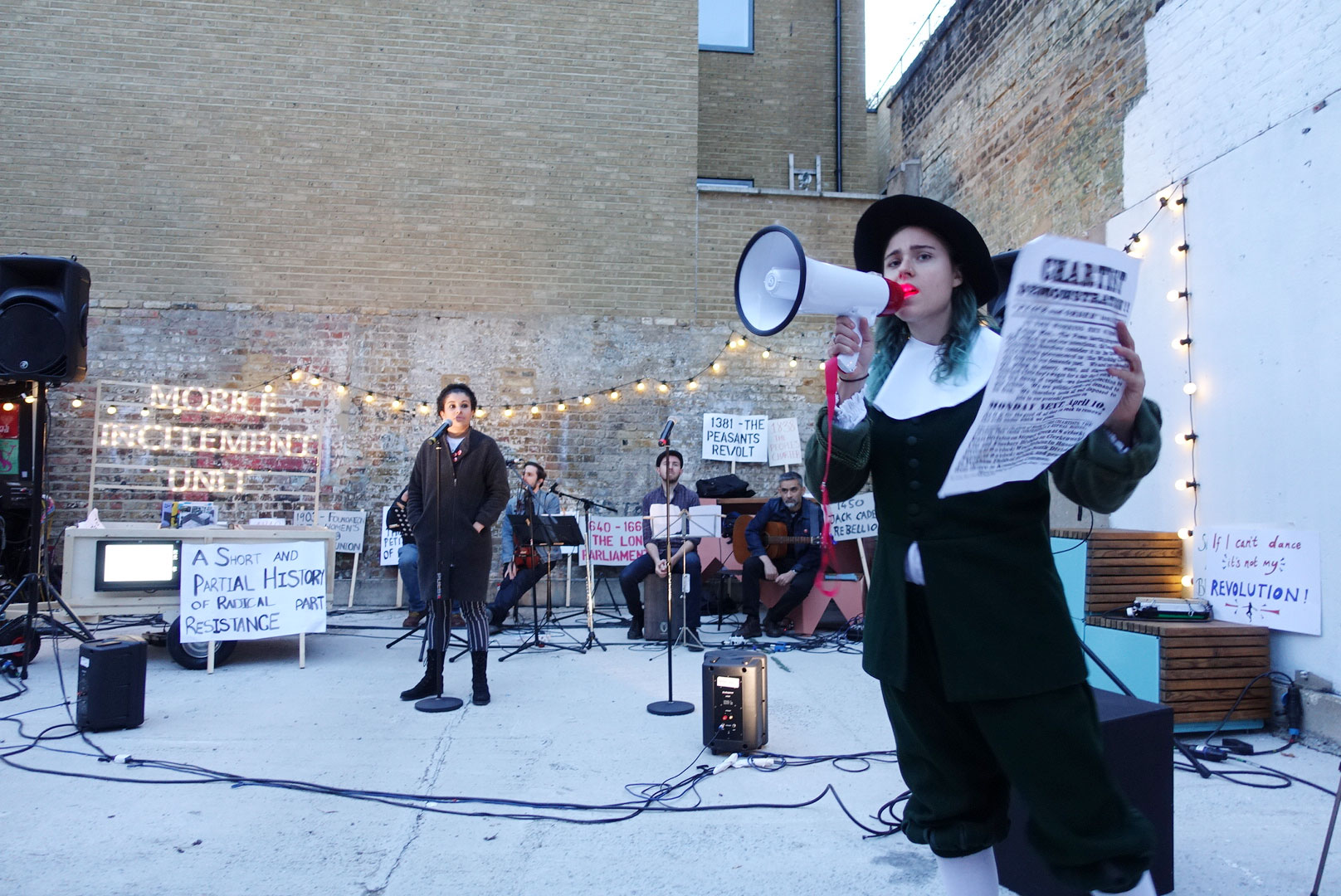
Mobile Incitement at Brixton City Festival 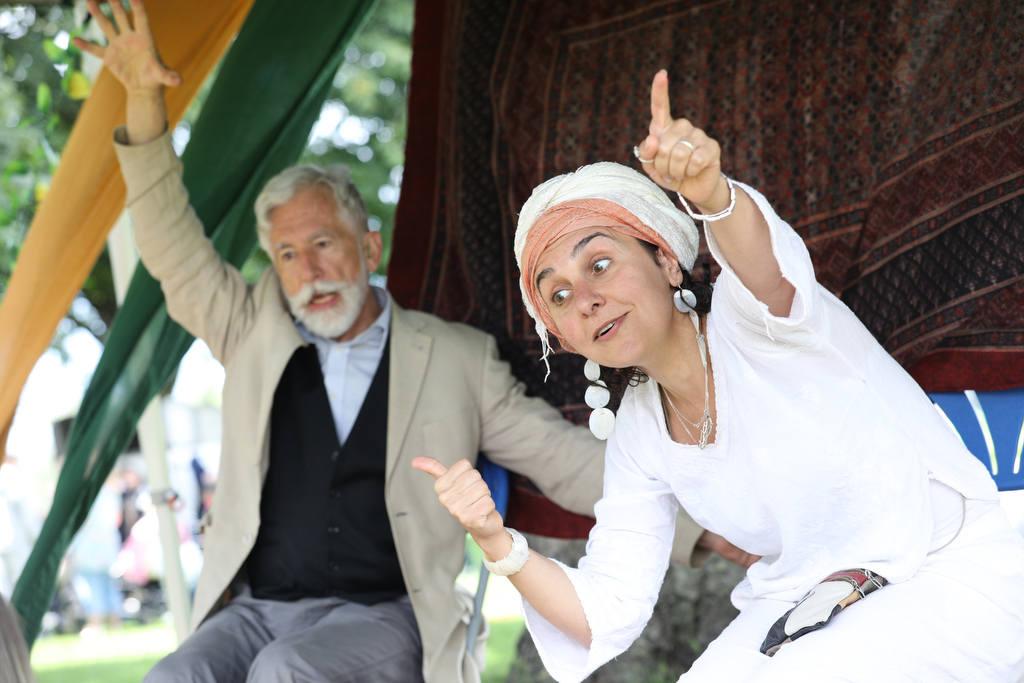
Saturday 05 August 2017, LBTH – Sef Townsend and Alia Alzougbi of East at Great Day Out at Victoria Park – Photo, Rehan Jamil 
Mobile Incitement at Latitude Festival – Photos: Andy Bannister/Payam Torabi 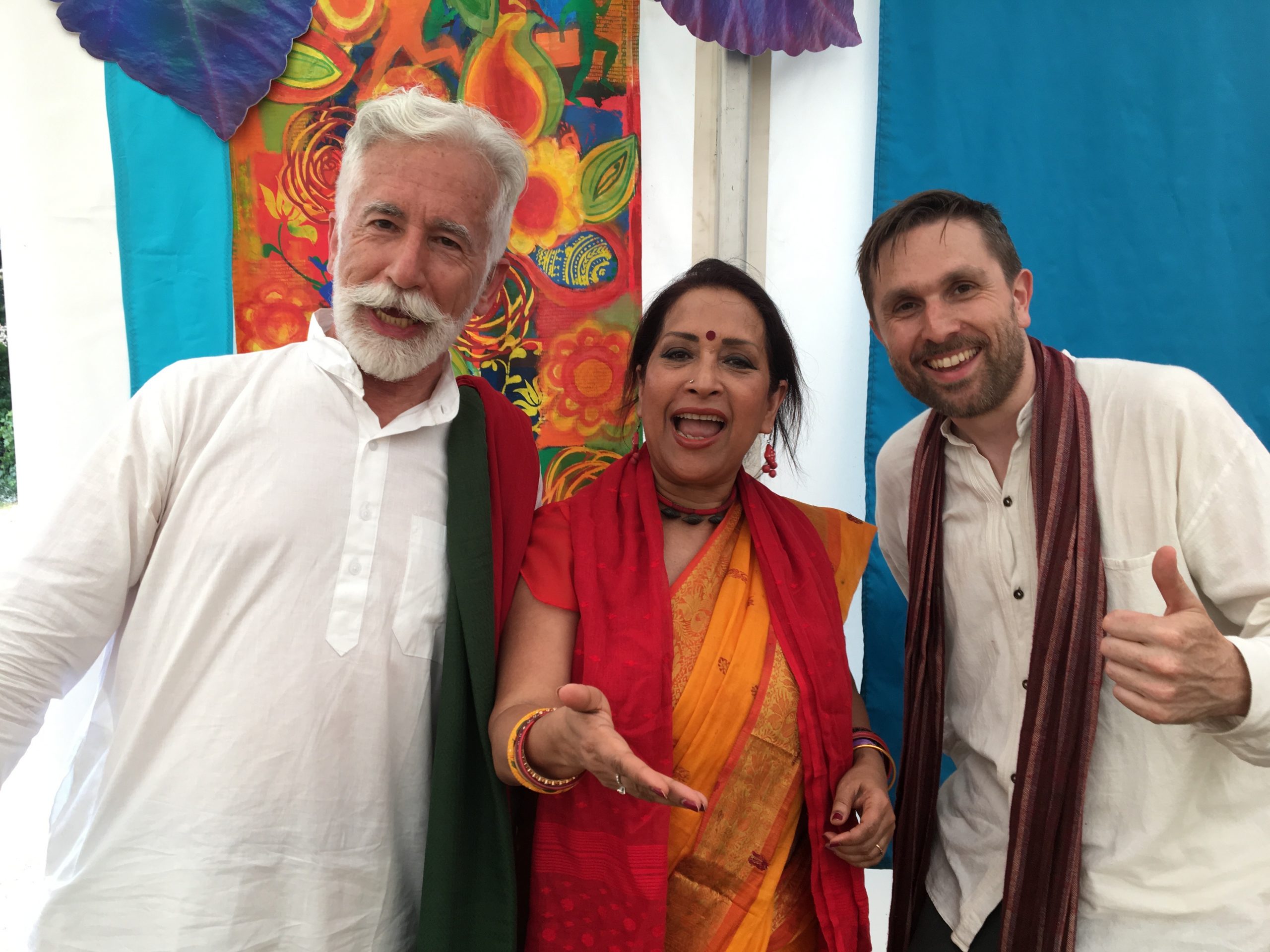
East 3 at the Boishaki Mela 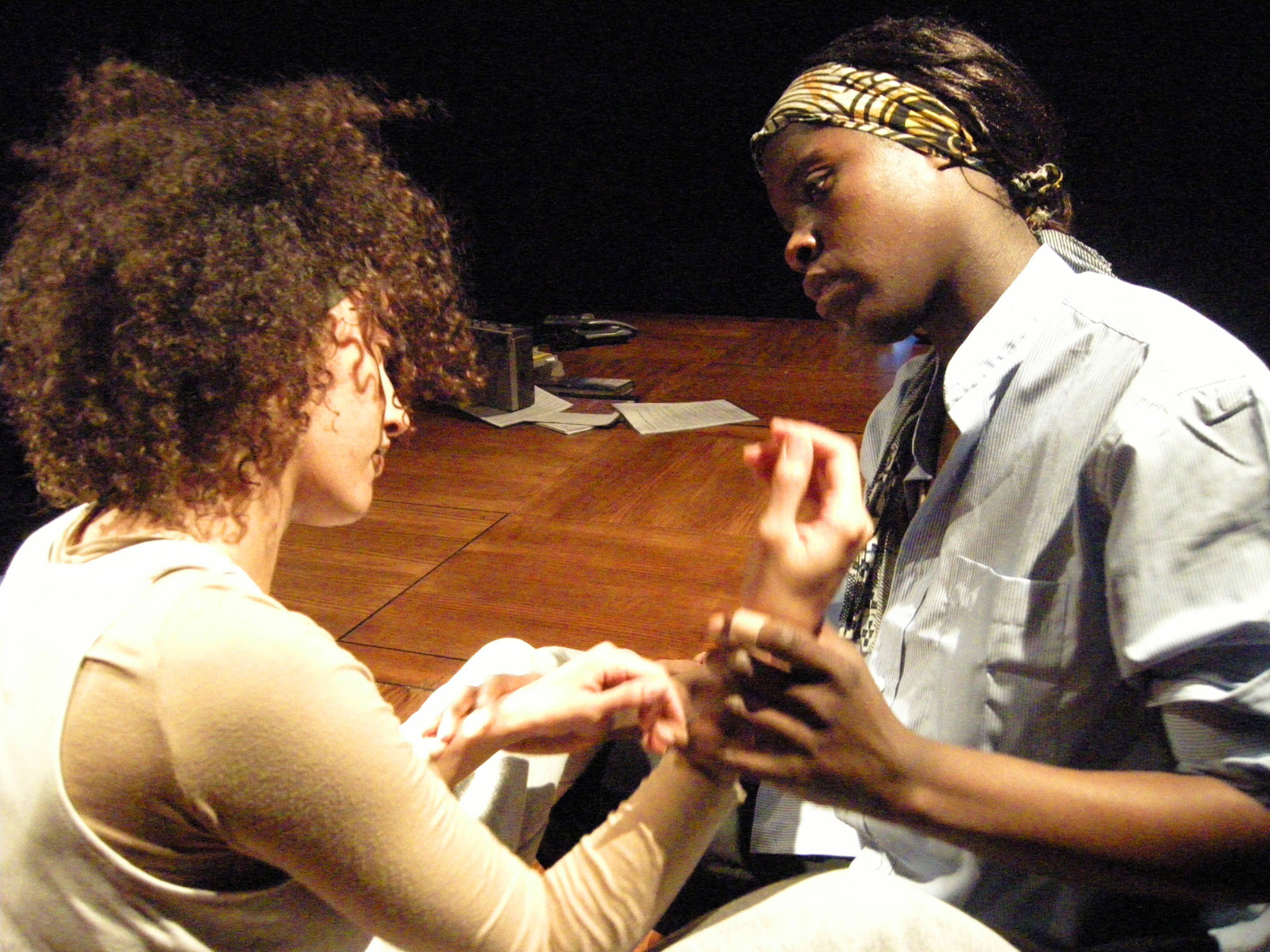
Jennifer Muteteli and Anna-Maria Nabriye in A Place at the Table, CPT 
Woodland Walk pilot – Photo: Tan Nidhivir 
Mobile Incitement at Brixton City Festival 
East at Boi-Lit 16 – photo by Shoayeeb Chamak for BSK 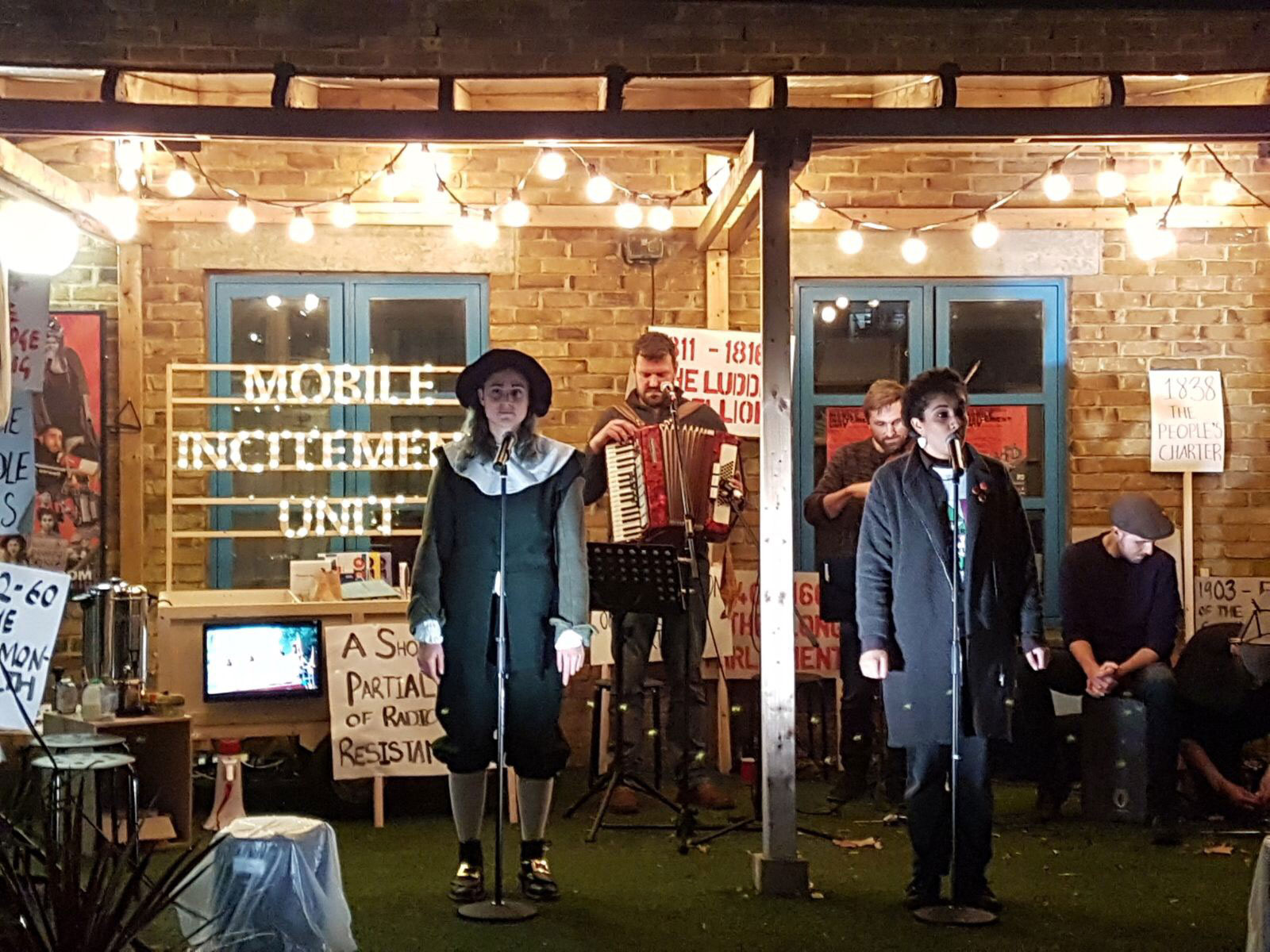
Mobile Incitement at Ovalhouse 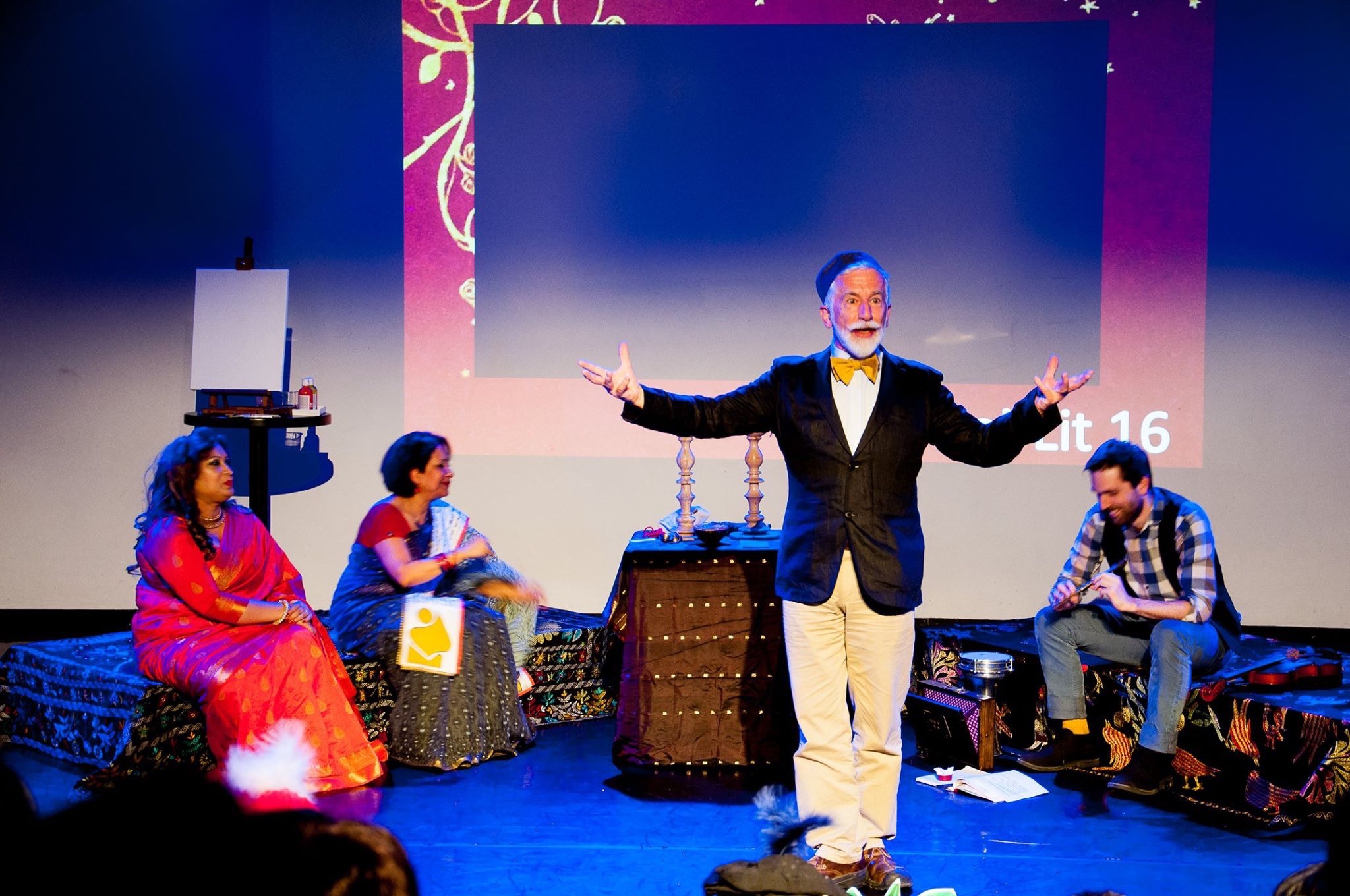
East at Boi-Lit 16 – photo by Shoayeeb Chamak for BSK 
East at Boi-Lit 16 – photo by Shoayeeb Chamak for BSK 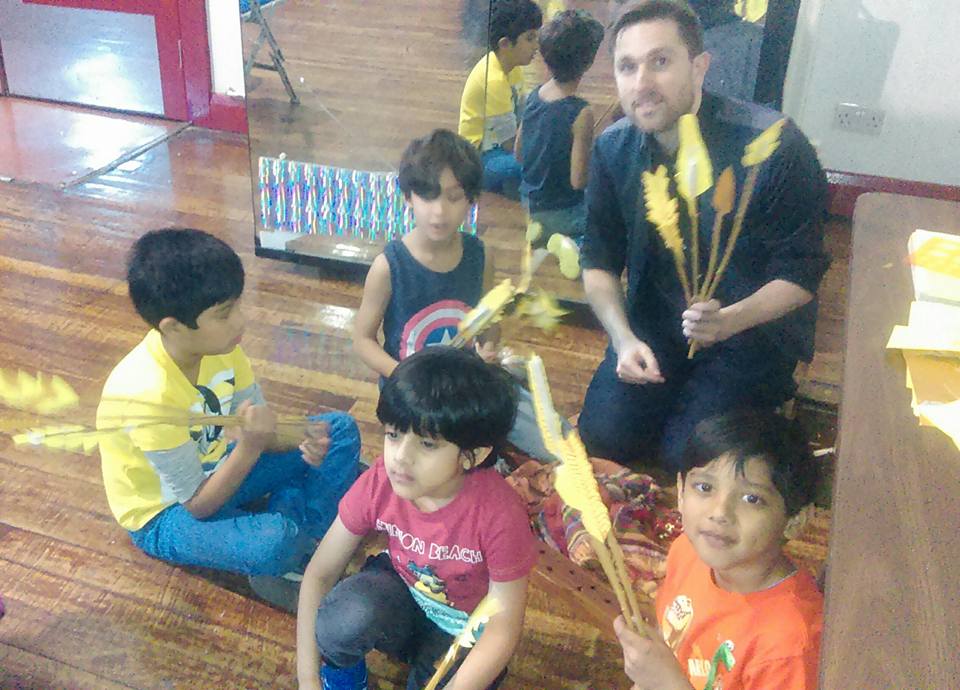
An East Storytelling holiday workshop 
Mobile Incitement at the Freedom and Independence Festival 
Woodland Walk pilot – Photo: Tan Nidhivir 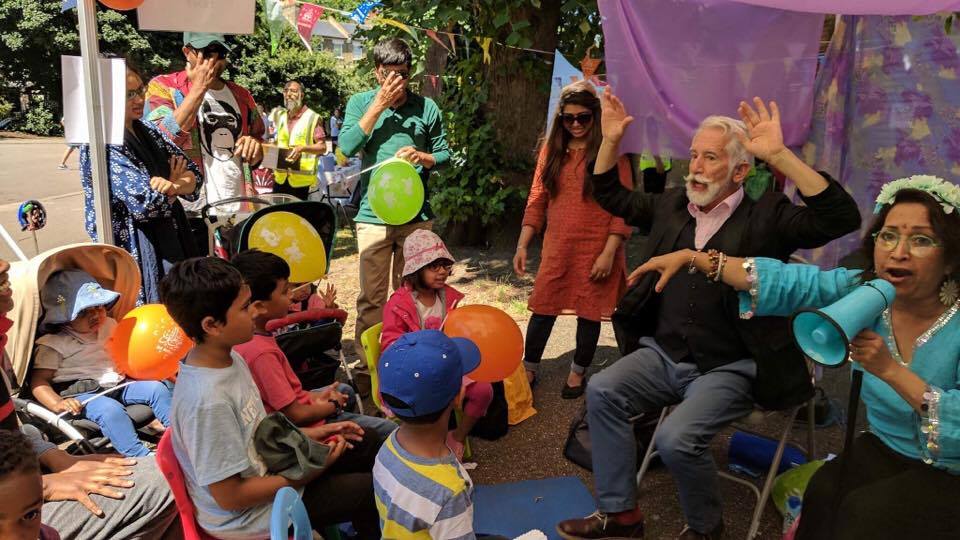
East Storytelling at The Big Day Out, Victoria Park 
Mobile Incitement at Latitude Festival – Photos: Andy Bannister/Payam Torabi 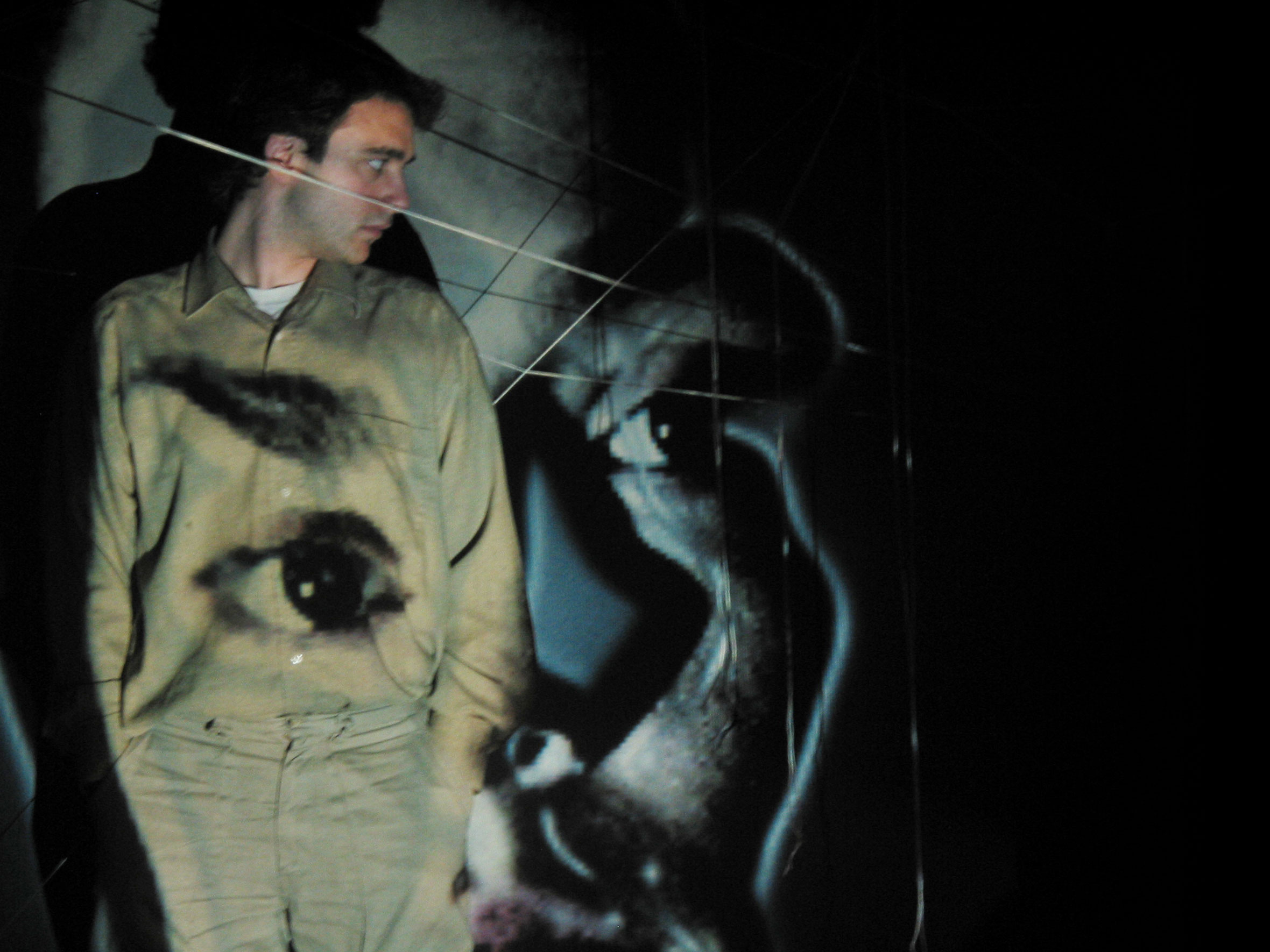
Onur Orkut in Selfish, The Arches, Glasgow 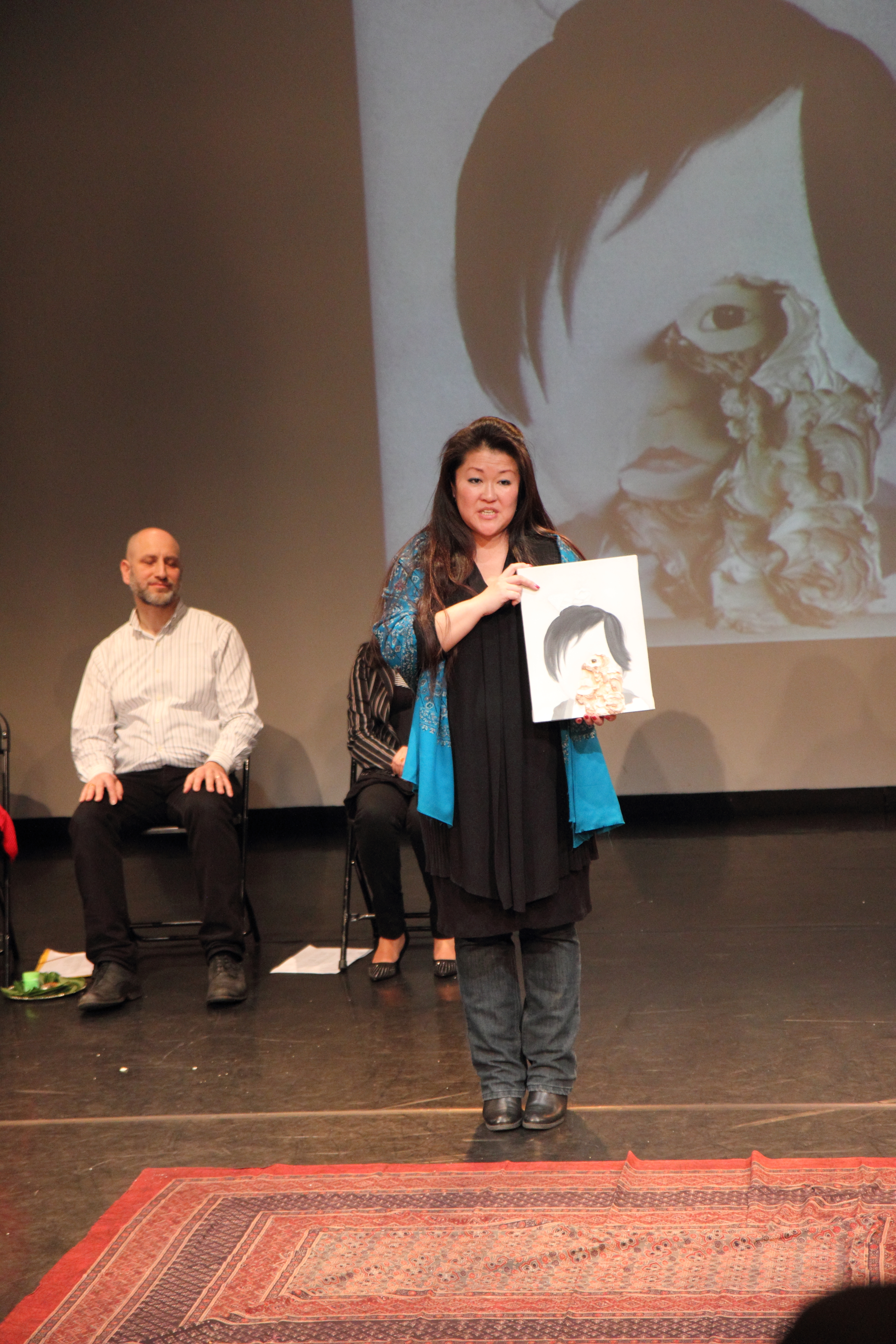
East at Rich Mix – Photo: Simon Daw 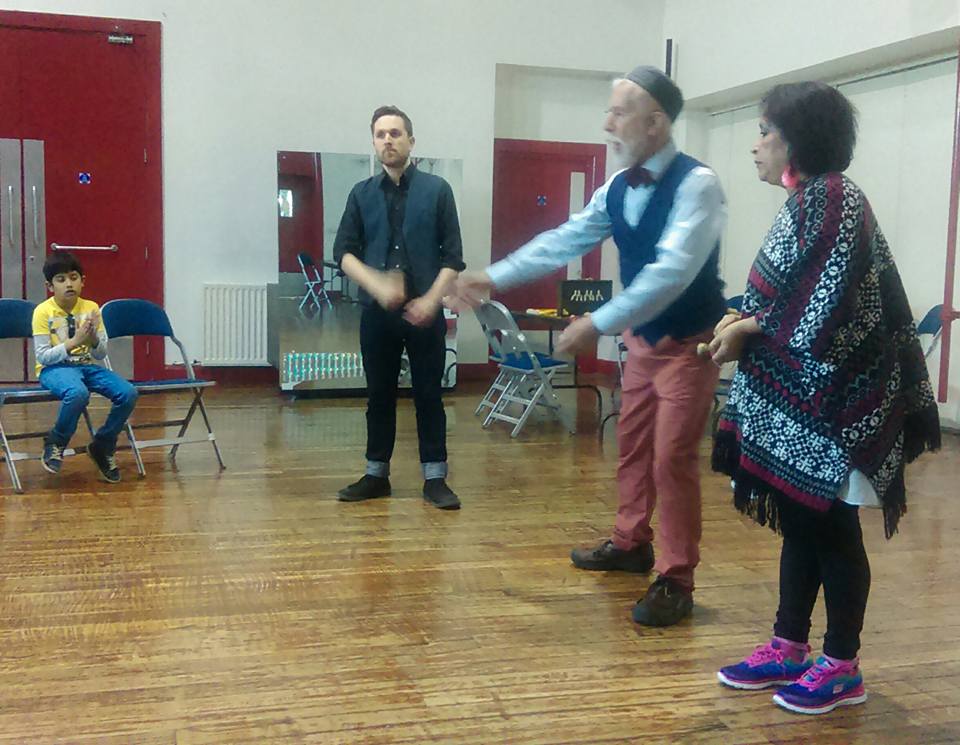
An East Storytelling holiday workshop 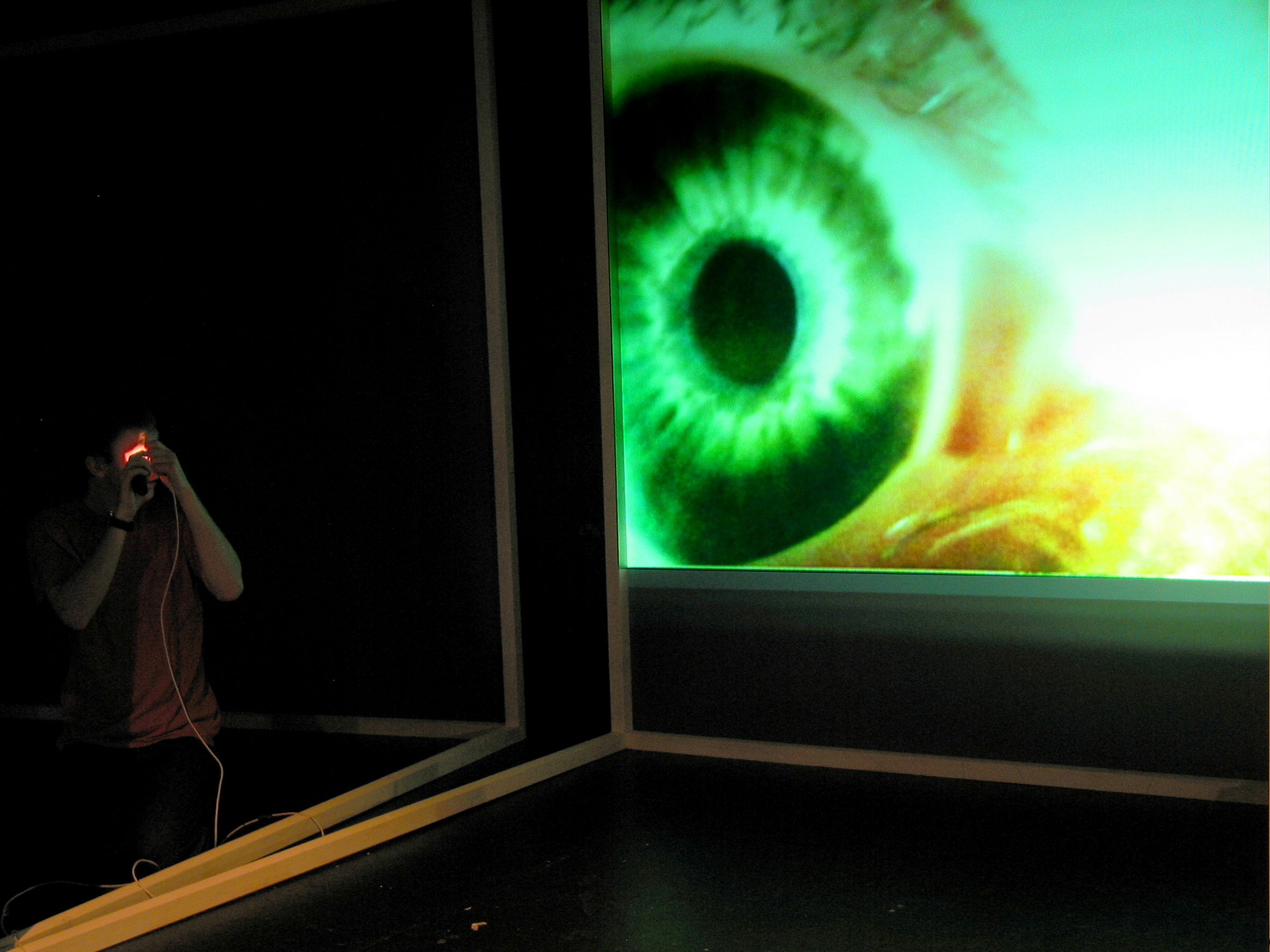
Graeme Mackay in Selfish, the Arches, Glasgow 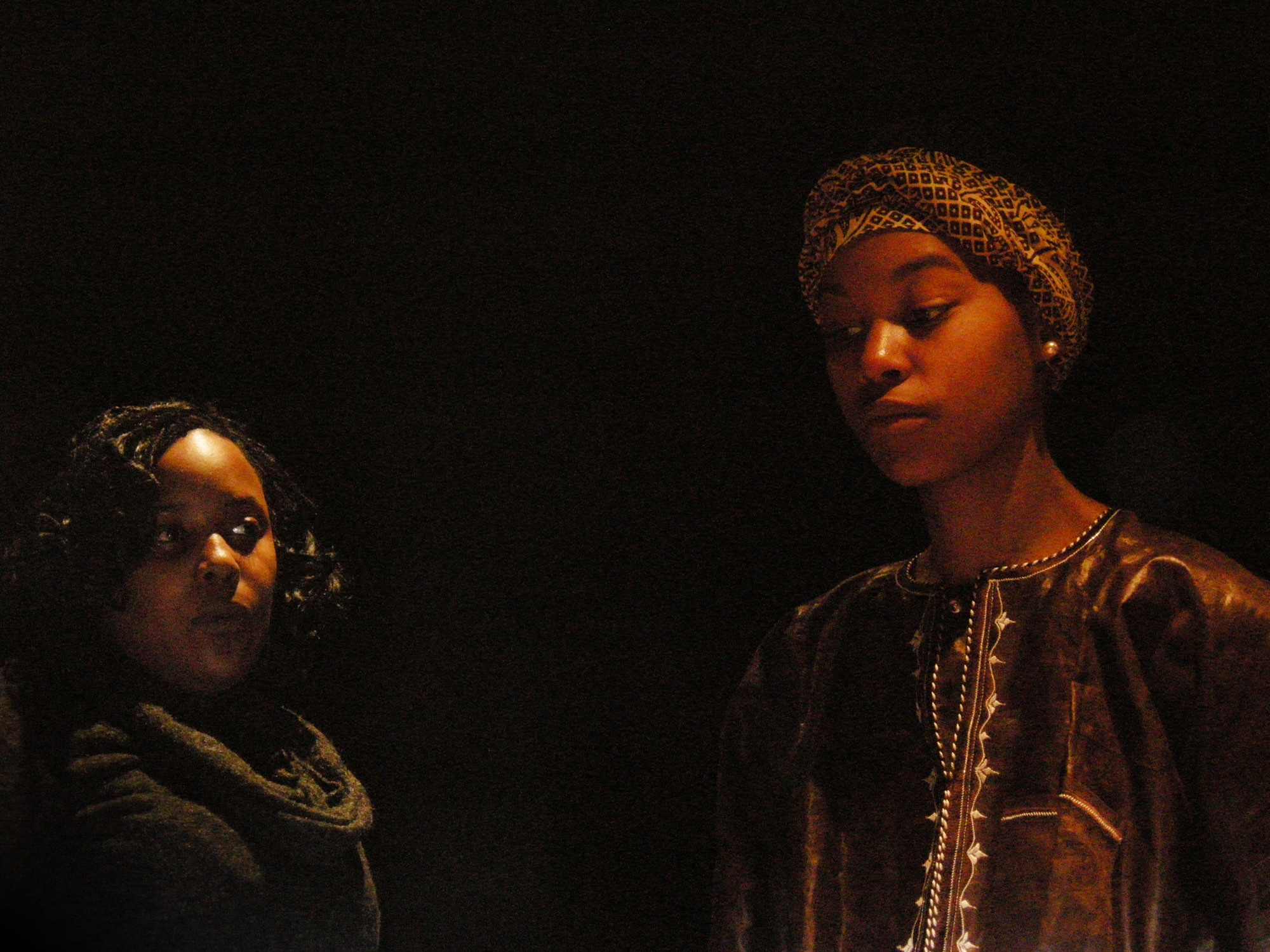
Grace Nyandoro and Seboelo Majozi 
Mobile Incitement at Latitude Festival – Photos: Andy Bannister/Payam Torabi 
APATT at AIUK – Photo: Harriet Stewart 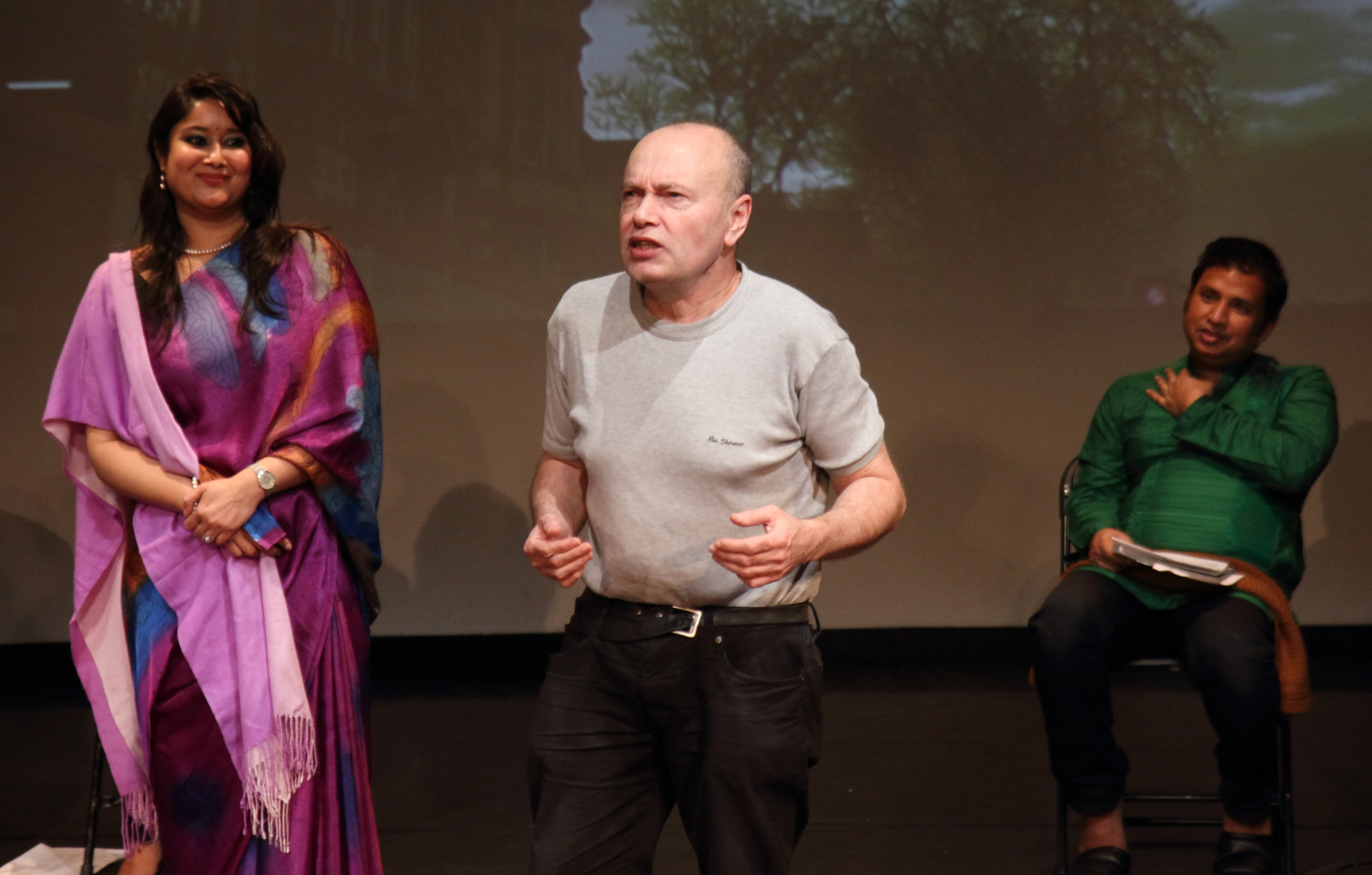
East at Rich Mix – Photo: Simon Daw 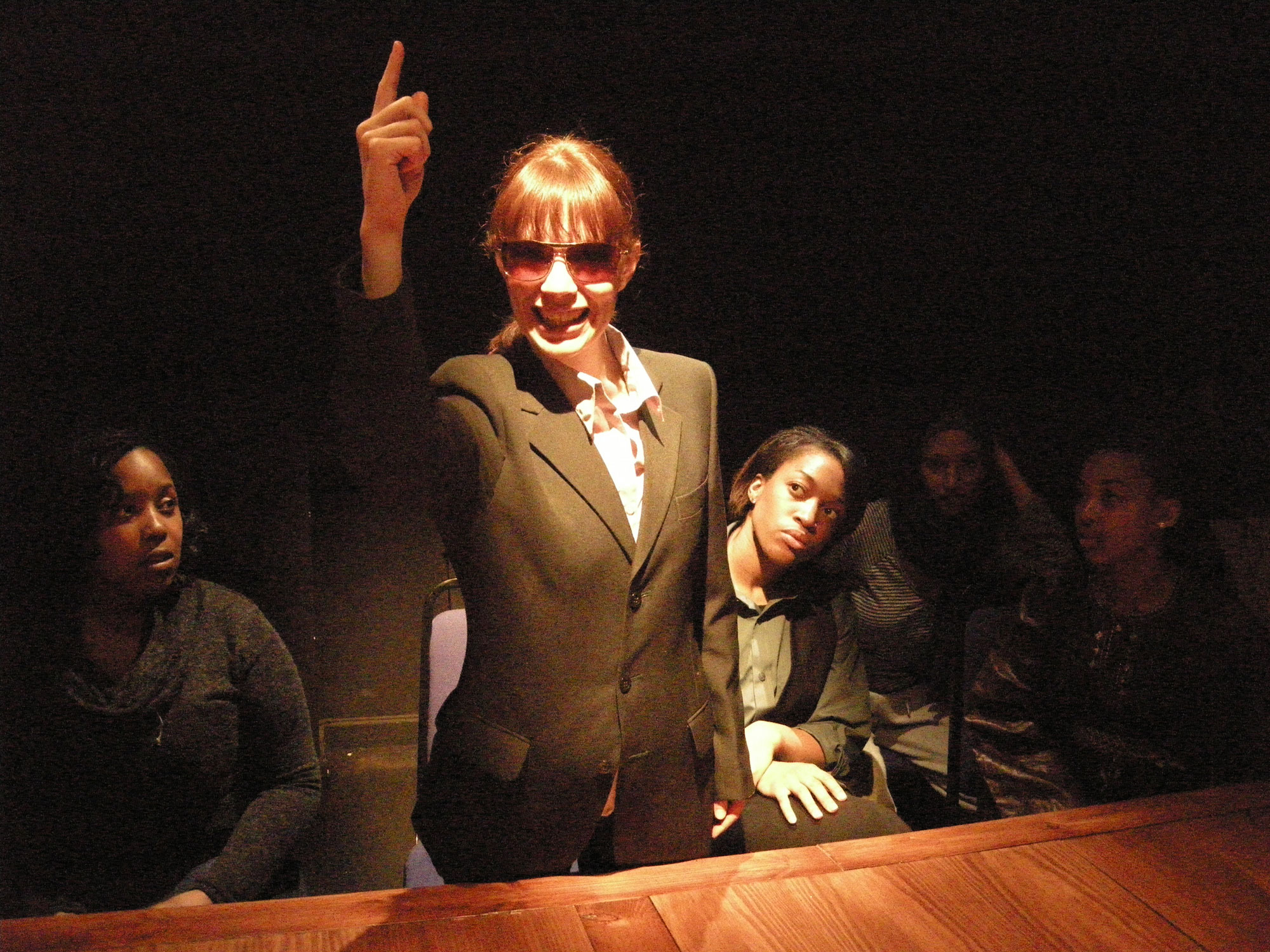
Susan Worsfold in A Place at the Table, CPT 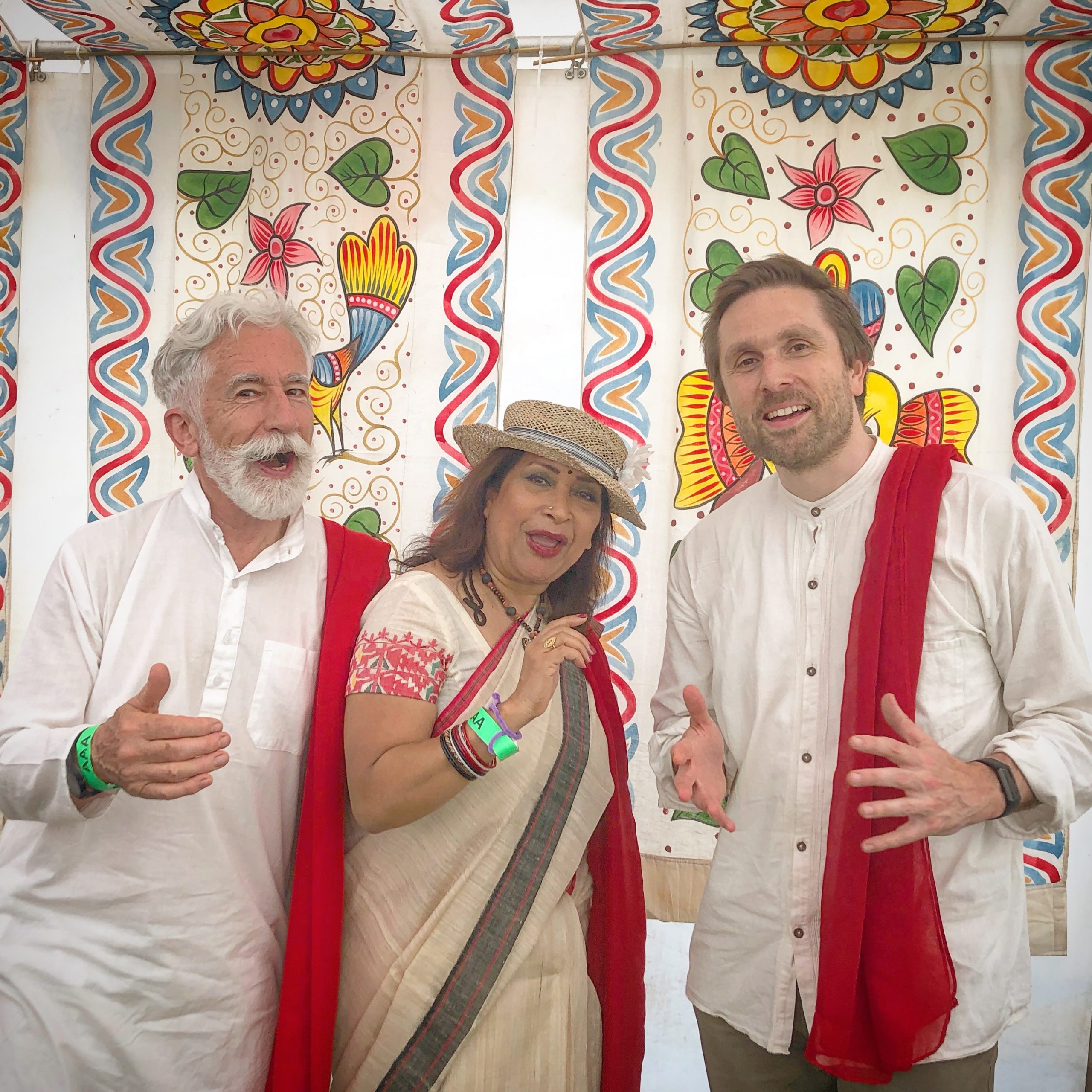
Sef, Shamim and Paul at Boishakhi Mela 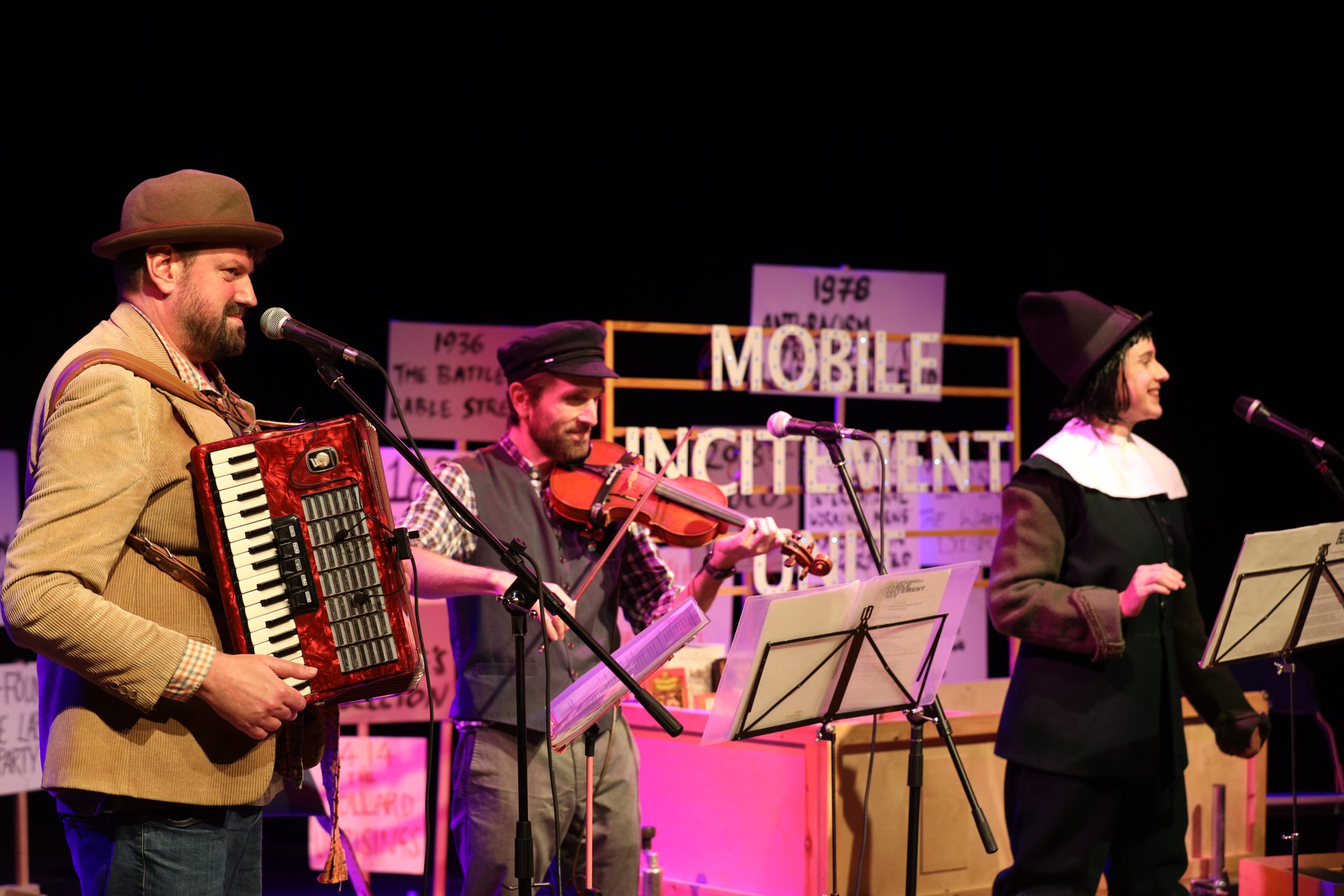
London, United Kingdom – Friday 05 November 2021, LBTH, FITF – Daedalus Theatre Company, Gerrard Winstanley’s Mobile Incitement Unit. 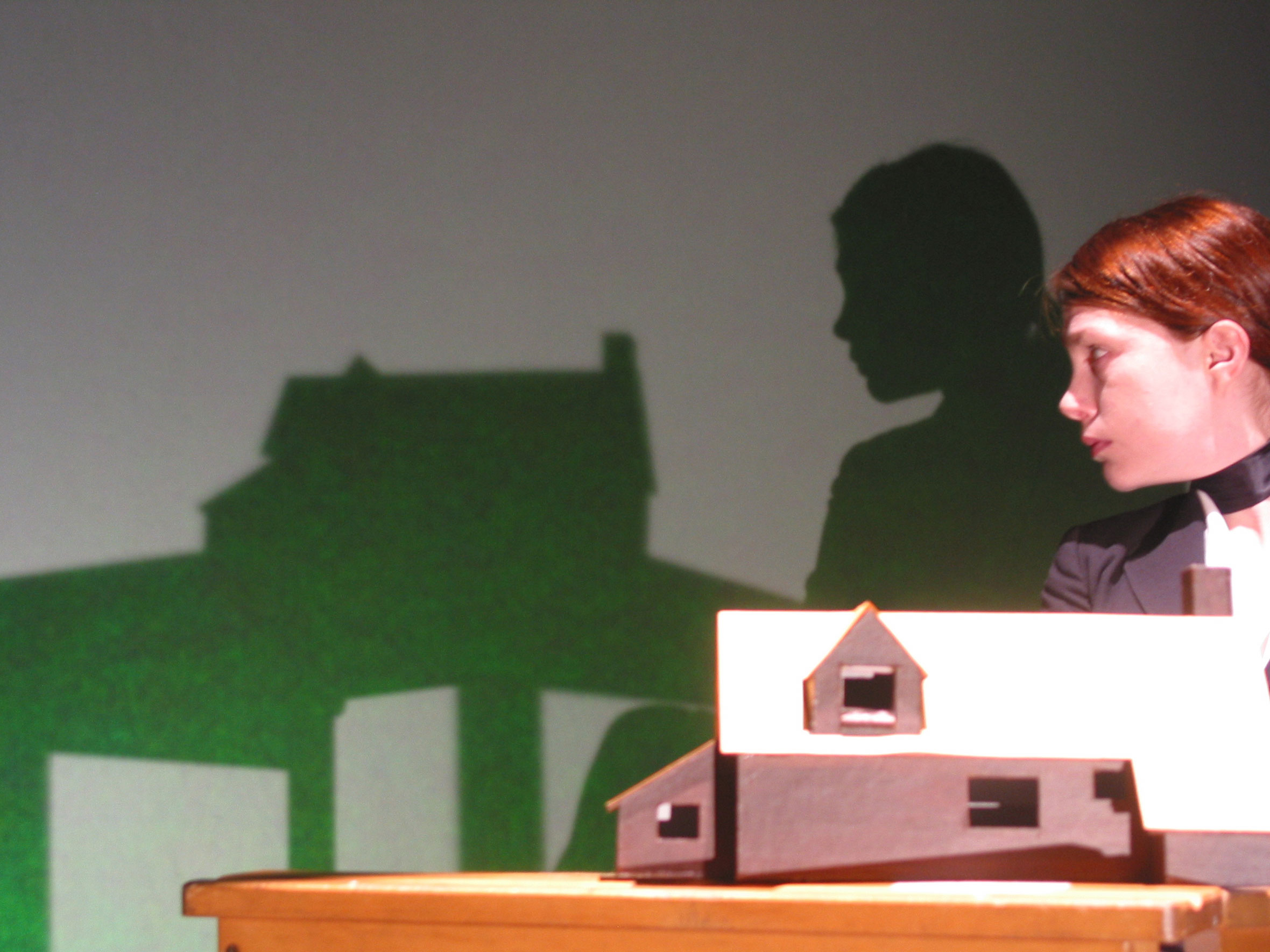
Susan Worsfold in Selfish 
Some of the East Storytelling community 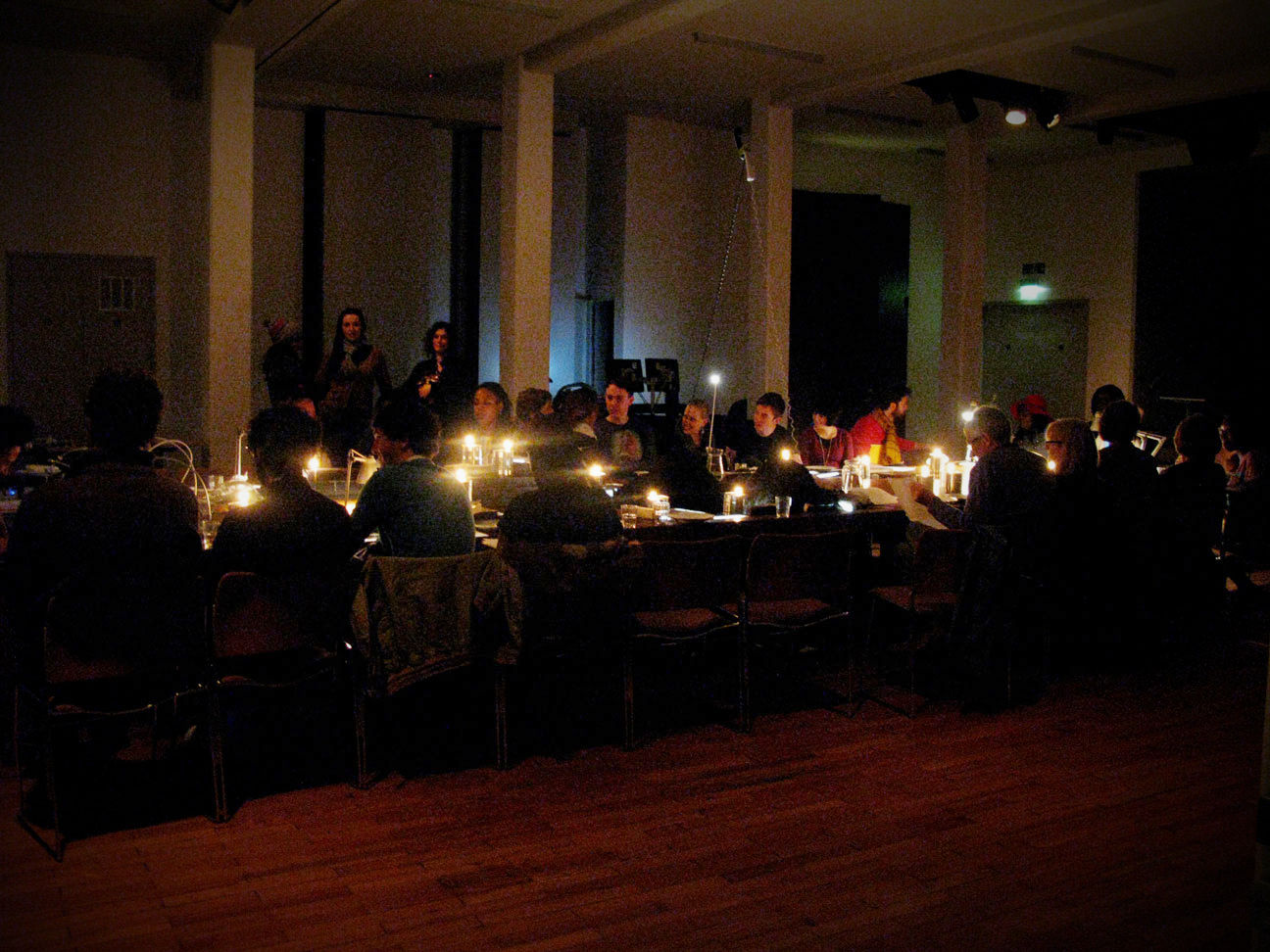
A Place at the Table at Amnesty International 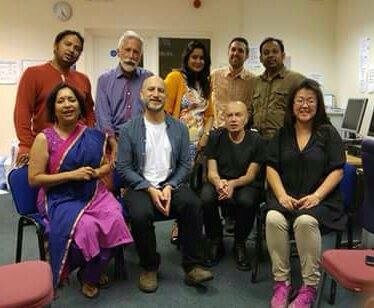
Some of the East Storytelling community 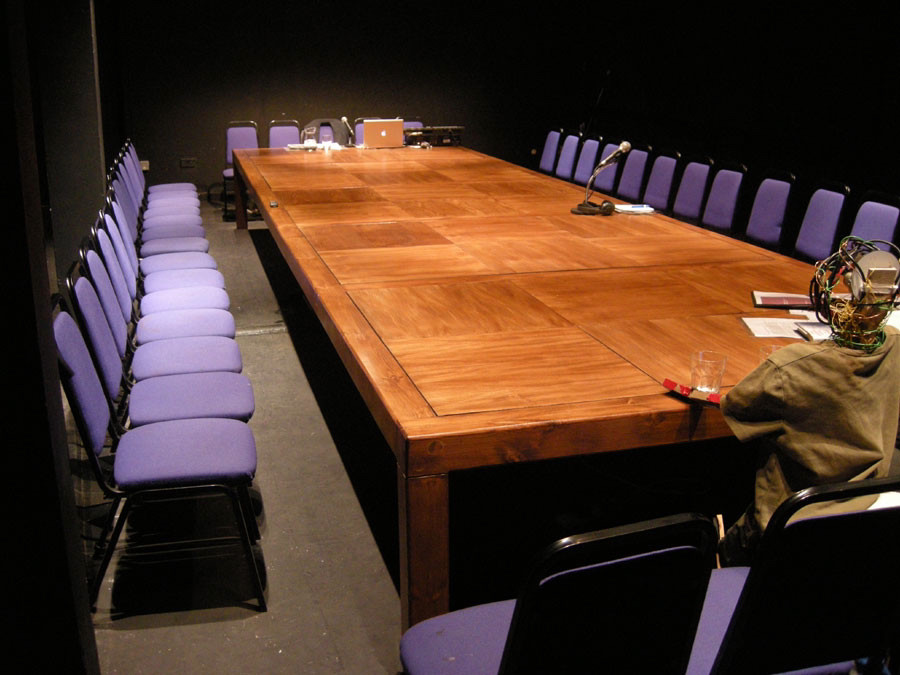
Selfish at CPT – the set
Photo of Marshall Savage at Kobi Nazrul Centre (2025)
Marshall Savage, also known as Mijan, is a Bangladeshi-British queer person from Bow. Marshall is passionate about LGBTQ+ rights and welfare not warfare. Marshall doesn’t come from a creative or academic background, but he loves learning new skills and embracing new experiences wherever they lead him. He is the newest member of our East Storytelling Project.
After a late evening of rehearsals for our latest East production EAST TO ELSEWHERE, local trade unionist Marshall and assistant producer Tasnim sat at Chaiwalla on Brick Lane with a coffee and roti to talk about the East End, activism and the importance of sharing stories of migrant women.
Tell us about yourself.
My name is Marshall, I’m born and raised in Tower Hamlets, in Bow specifically. I work for Tower Hamlets and I’m also a Trade unionist. I’m very heavily involved in activism, especially local activism and organising against the far right
Fun fact?
I am obsessed with vampires.
What makes the East End such a rich source of stories?
The East End is an amazing place; it was always seen as the armpit of London, where all the immigrants were shoved that no one wanted to deal with, from the Jews to the Irish to now the Bengalis. We have this incredible knack of creating a community wherever we are. Now Tower Hamlets and the East End are probably the most diverse cultural places in London, if not the world.
And how does your specific heritage influence the way you see the East End?
The way my parents migrated into this country and the struggles they faced, and me being an immigrant and queer, made me realise what it means to fight for equality, to fight for what’s right and look into the intersection of what it means to be a brown queer person.
What is storytelling?
Storytelling is sharing really important parts of your life, it doesn’t have to be word to word, it doesn’t have to be fact by fact, it’s how we interpret how we experience life. It matters because it’s the best way to share information, look at history, travellers, they are the best way to tell stories, how we connect with people, how we get people from different places to understand each other.
Why is it important to tell your mum’s story?
I feel like a lot of women of colour came here slightly unheard. My mum came here without any connections, she had to build her own community and that is a story worth telling, it is the story of many mothers and many women who came not just to London or England but who migrated to other parts of the country or other parts of the world, who stuck out and didn’t have a voice for themselves.
What has been your experience of the East Storytelling Project so far?
I walked in there not knowing what to expect. I thought I’d see more brown faces. 2 Jewish men, a beautiful black woman, 2 beautiful brown women, I saw people from different lives and experiences all encapsulating what the East End is.
Recommendation of a book that relates to East London?
One of the books I am reading right now is called United Queerdom by Dan Glass, who was a HIV activist and East End local. It talks about the East End struggle, the queer struggle and ongoing battles to fight for equality.
Photo by Rehan Jamil
Do you have a story to tell about kindness? We’re looking for Bengali storytellers from Tower Hamlets. If you have a story about acts of kindness, migration or how Tower Hamlets has shaped your life, we want to hear from you! This callout is for people with little or no professional experience in storytelling.
About the Project: We’re thrilled to announce East to Elsewhere, a new storytelling event celebrating the theme of Kindness from the EAST Project. This project will explore the rich history and diverse cultures of Tower Hamlets through stories of migration, community support, and kindness—especially stories of kindness shown by migrant communities to newcomers such as refugees and asylum seekers.
The kind of thing that we are looking for:
- Stories about acts of kindness within migrant communities in Tower Hamlets.
- Experiences of newcomers, especially refugees and asylum seekers.
- Historical migration stories linked to East London.
- Contemporary stories about migration today.
- Personal stories – if you feel like sharing!
- Stories that reflect the awesome diversity of East London and Tower Hamlets.
Eligibility:
Are you Bengali?
Do you have a connection to Tower Hamlets?
Are you interested in telling stories?
Are you new to storytelling?
If you answered yes to any of these questions, and are NOT a professional storyteller, we invite you to pitch your story!
Key Details:
Fee: £175
Apply (by email):
Send a max 250-word pitch by email, including: your name, phone number, and your connection to Tower Hamlets. Email us here.
If your story pitch is successful, we’ll give you a call to tell us about yourself and why you selected your story.
There will also be an open mic on the night of the performance. Everyone is welcome to share a story or try some new material with us on the night! Traditional storytelling, a real-life story, spoken word… as long as it’s narrative, and relates to the theme of kindness. Sign-up in person on the night.
Event Date: Friday 14th November 2025, 7.30PM as part of A Season of Bangla Drama. Tickets can be booked here.
Photo collage featuring Shamim Azad, Farah Naz, Sef Townsend, Michele Chowrimootoo, Paul Burgess, Tasnim Siddiqa Amin (left to right)
We’re delighted to announce that Daedalus Theatre Company will be part of the 22nd year of A Season of Bangla Drama, with the latest iteration of our East Storytelling Project: East to Elsewhere. Our performance at the annual festival, at 7:30pm on 14th November 2025 in Tower Hamlets, marks a turning point. Our last performance at Season of Bangla Drama celebrated a decade of the project. This year’s show marks the beginning of an exciting new phase.
Following a period of planning, dreaming and discussion with members of our storytelling community, we’re widening the project’s reach. Having recently taken Mobile Incitement to Exeter and run one of our Creative Nature workshops in Sheffield, our performance at A Season of Bangla Drama pilots the format we hope to use to, well, as the title says, take East elsewhere.
The performance itself will, nevertheless, be firmly rooted in our home borough of Tower Hamlets, with stories from the area’s various cultures and an open mic. The theme of this year’s festival is kindness. Stories and songs of migration – of belonging and not belonging – have always been central to the East Storytelling Project. This is only partly by design; it’s also down to where we are and our decision to deliberately seek out tellers from the borough’s different communities. Our take on the festival theme is the kindness – and the unkindness – with which migrants, refugees and asylum seekers are greeted, and the kindness that makes people take terrible risks in order to support or be with their loved ones. East Storytelling Project as a whole stands as a form of resistance to attacks on asylum seekers and refugees, instead offering a community of kindness and cultural exchange through shared stories and music.
Left to right: Jono Chant-Stevens, Dan Cox, Paul Burgess and Andy Bannister. Photo, Thomas Chant.
This summer, Daedalus performed its gig-theatre piece Gerrard Winstanley’s True and Righteous Mobile Incitement Unit at St Nicholas Priory, Exeter. Artistic director Paul Burgess reflects on the project.
We’ve been talking with the team at St Nicholas Priory for a while. It’s a fantastic building; the oldest in Exeter. Full of history, it felt like the perfect venue for Mobile Incitement. However, our first attempt, part of a planned tour in 2020, was cancelled due to Covid. This year, we finally made it. It was the first time we’d performed the show since we did it at the Freedom and Independence Theatre Festival in Whitechapel, East London, back in 2021. On that occasion, guest performer Saida Tani joined us to sing traditional Bengali songs.
Mobile Incitement, as we call it for short, was made in collaboration with The Black Smock Band – a gay eco-socialist folk band based in Deptford, South-east London. It tells the story of protest in England from the Peasants’ Revolt to the end of the Industrial Revolution, through historical texts, folk songs, and new writing. But what makes it particularly special is that everywhere we take it, we work with local people to make the show truly site-specific, with lots of local stories.
Photo by Hannah Davis of the Dysbiosis Collective and QTH Associate Producer Steven Bowyer at Queens Theatre
It has been four years in development, including some long pauses for fundraising. But we finally premiered Dysbiosis to a public audience last weekend. It took place at Queens Theatre, Hornchurch, which is also where it all started. We had performances on the main stage and an exhibition, titled Queering the Earth in the foyer.
The Dysbiosis Collective are Amy Daniels, Amy-Rose Edlyn, Fran Olivares, Kathryn Webb, Nuke Lagranje, Paul Burgess, Shakira Malkani, Tasnim Siddiqa Amin, Yael Elisheva and Zia Álmos Joshua.
Some highlights from the journey. Walking and drawing in Rainham Marshes with local residents. Running a workshop in a chapel in the middle of a cemetery in Sheffield. Doing a birdsong-filled sound walk in another cemetery, this time in Mile End, London. An exhibition of community artworks at the Royals Youth Centre in Rainham. Turning up to make a pitch to a Havering Changing residents’ panel with tea and homemade cake. Collaging with LGBTQ+ young people in Romford. Testing out ideas at Omnibus Theatre, as part of the 96 Festival of LGBTQ+ theatre.
We’re delighted to spotlight Amy (they/them), who first joined us in June to install our exhibition at Omnibus Theatre. This time, Amy returns as co-creator of Queering the Earth and stage manager for Dysbiosis. Throughout an intensive week of rehearsals at Queens Theatre Hornchurch, Amy will be bringing a wide range of skills to support the team. As a queer interdisciplinary artist and theatremaker deeply engaged in political and community work, Amy already feels like a long-lost member of Dysbiosis.
Tell us about yourself and your creative practice. You’ve worked across stage management, design, facilitation, and live art – how would you describe what drives your work and where your practice is heading?
I am a queer, multidisciplinary creative based in Tower Hamlets. I started out as a theatre designer/maker alongside working in technical theatre working extensively around West End and off-West End productions for over a decade now. In the past 5 years I expanded my practice in co-founding and directing queer arts company Bold Mellon Collective CIC as a creative producer, facilitator and curator of visual and live-art. Since February 2025, I have also been an artist in residence at Firepit Art Gallery and Studios CIC developing my own visual art & curatorial practice. I am especially interested in community-based projects which weave the intersections of the LGBTQIA+ community together and promote wellbeing through the arts. Politically active and socially engaging works drive me to create and currently I feel my practice going through an exciting transformation in blending these worlds and expanding capacity so I am excited to see where it takes me!
You first encountered Dysbiosis as an audience member at the Omnibus Theatre sharing, then co-curated the exhibition, and now you’re joining as stage manager. What has it been like to experience the project from these different perspectives?
When the pandemic struck in 2020 we had a tour arranged for our gig-theatre piece Gerrard Winstanley’s True and Righteous Mobile Incitement Unit, and were in the middle of fundraising. That tour didn’t happen, obviously, but five years later one of the venues has invited us to perform. It will be part of a season of performances, talks and other events looking at the theme of protest and Exeter’s role in the Civil War period. The venue is St Nicholas Priory, a fantastic mediaeval building in the heart of Exeter. We will be working with local historians and performers to create a really special version of the show.
As we enter our third phase of our new project, Dysbiosis, we are a team that continues to grow, and so here we have it: our latest spotlight on our newest team member, Amy Daniels. Amy joined us to present our first public sharing of Dysbiosis at the Omnibus Theatre last month as part of the 96 Festival and will be leading on the lighting design for Dysbiosis here on out.
Amy has been a lover of theatre since she can remember. She studied English Literature at the University of Sussex, then fell in love with all things production during a year abroad at Stony Brook University in New York. She works on a wide range of performance, with an emphasis on the political, the playful and the pondering. Find her full credits and portfolio on her website – www.amydanielslighting.com

Tell us about yourself and your creative practice.
After two R&D phases and more than two years in development, we’re finally ready to share Dysbiosis, our latest theatre project — and we’re doing it as part of the 96 Festival on its tenth anniversary.
We’re thrilled to bring this work-in-progress performance and exhibition to Omnibus Theatre in Clapham, South London, marking an exciting moment for Daedalus as we step outside our usual East London base to join this landmark festival in a vibrant new context.
About the Show:
Dysbiosis is a queer-led, multimedia performance that unearths the tangled connections between queerness, place, nature and environmental justice. Developed through collaboration with working class, global majority and LGBTQ+ Londoners, it weaves together original music, spoken word, performance and visual storytelling to explore how we live in and with the natural world.
DYSBIOSIS is a creative wellbeing programme designed to improve mental health, reduce loneliness, and support underrepresented communities in London. Through multi-artform public workshops, a one-day conference and a touring exhibition, the programme fosters social connection, builds confidence and promotes sustainable, creative practices.
We have most of the funding, but our Arts Council grant is conditional on our raising some of the funding ourselves. You can help us achieve this, by donating and by spreading the word; we’d be very grateful!
